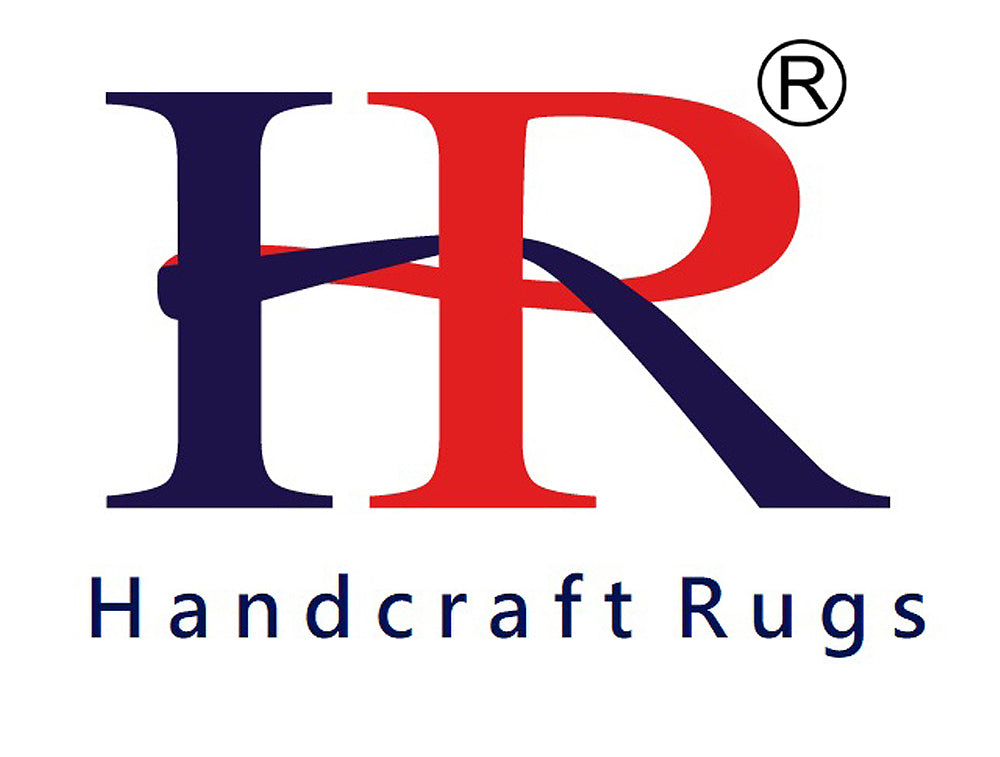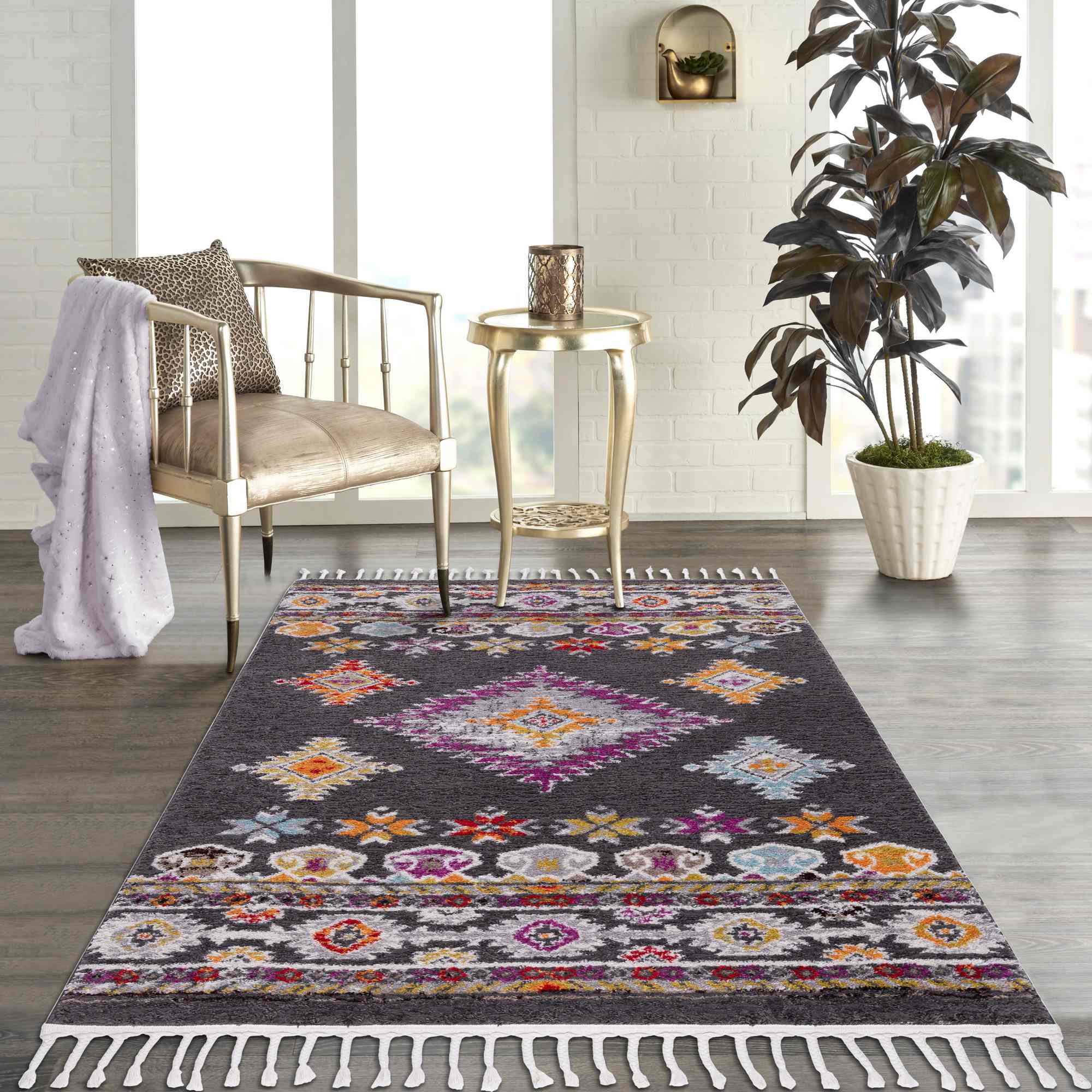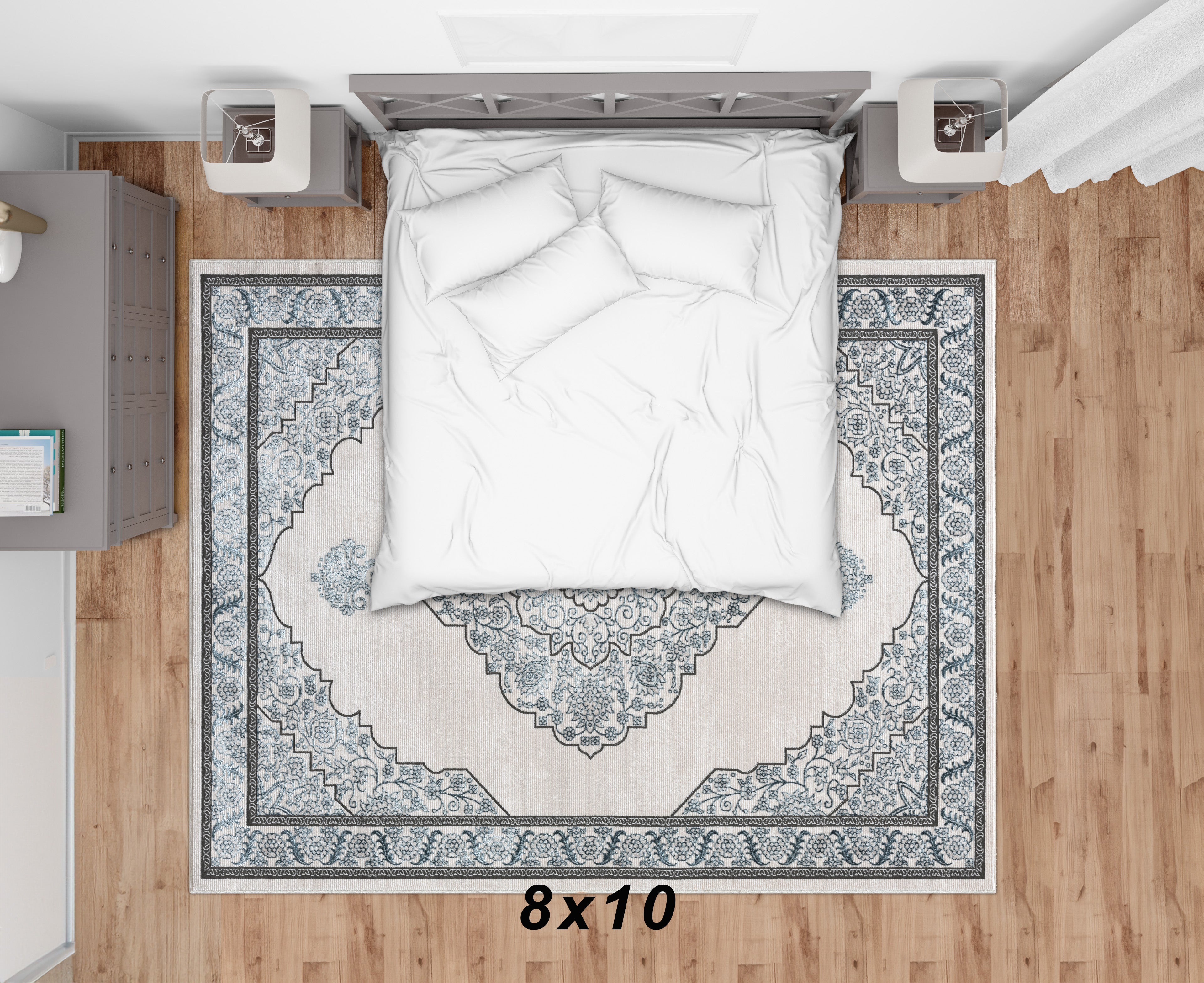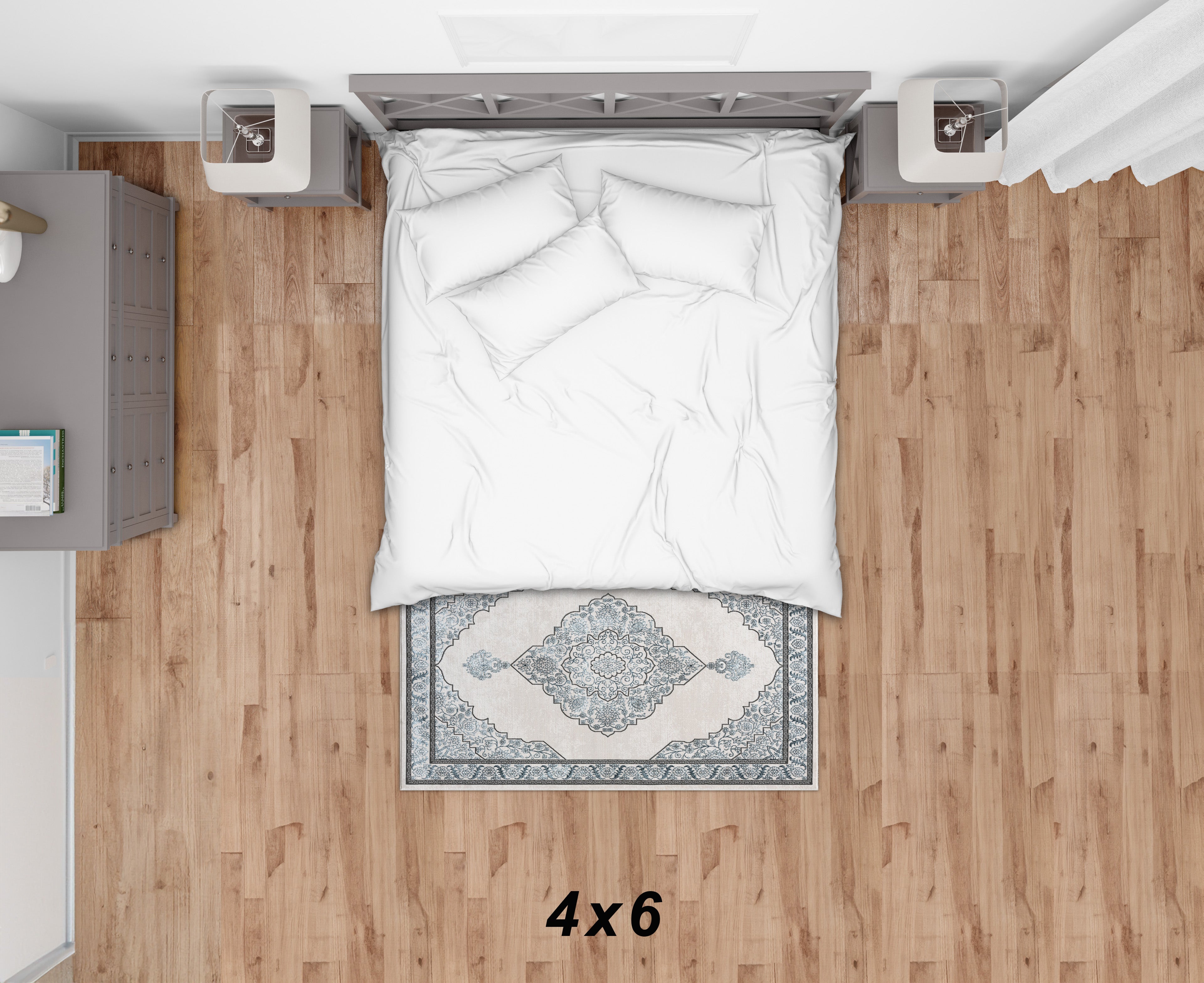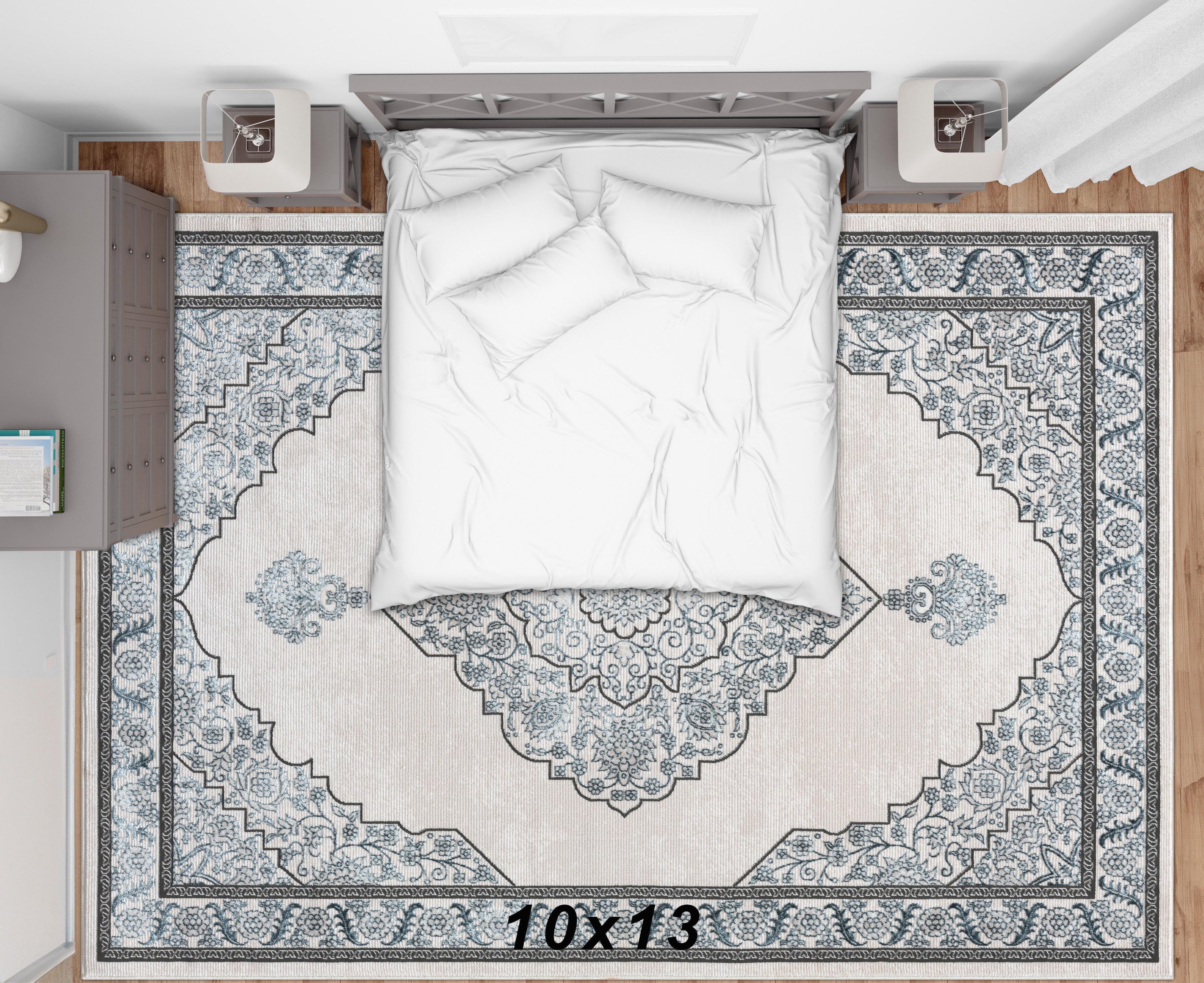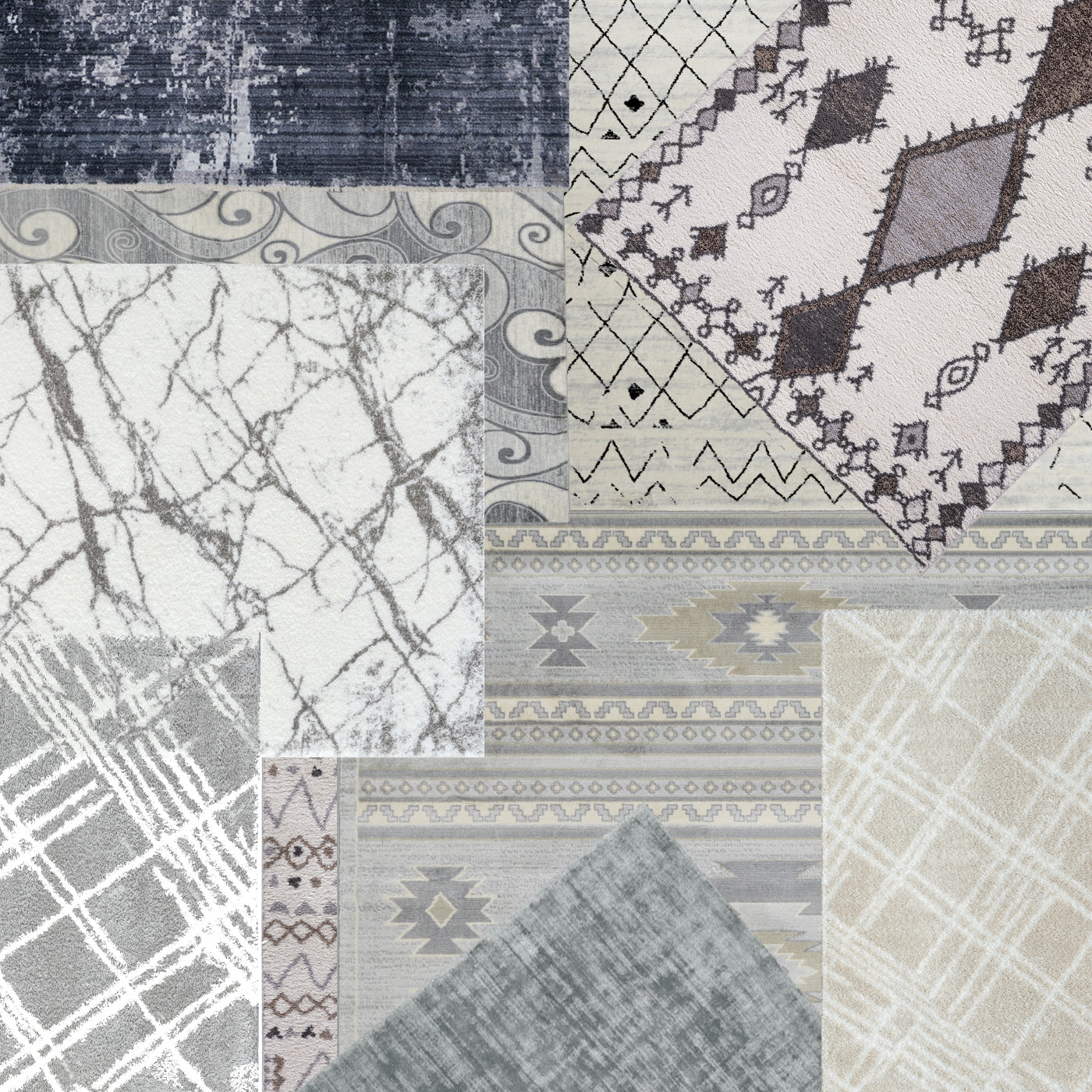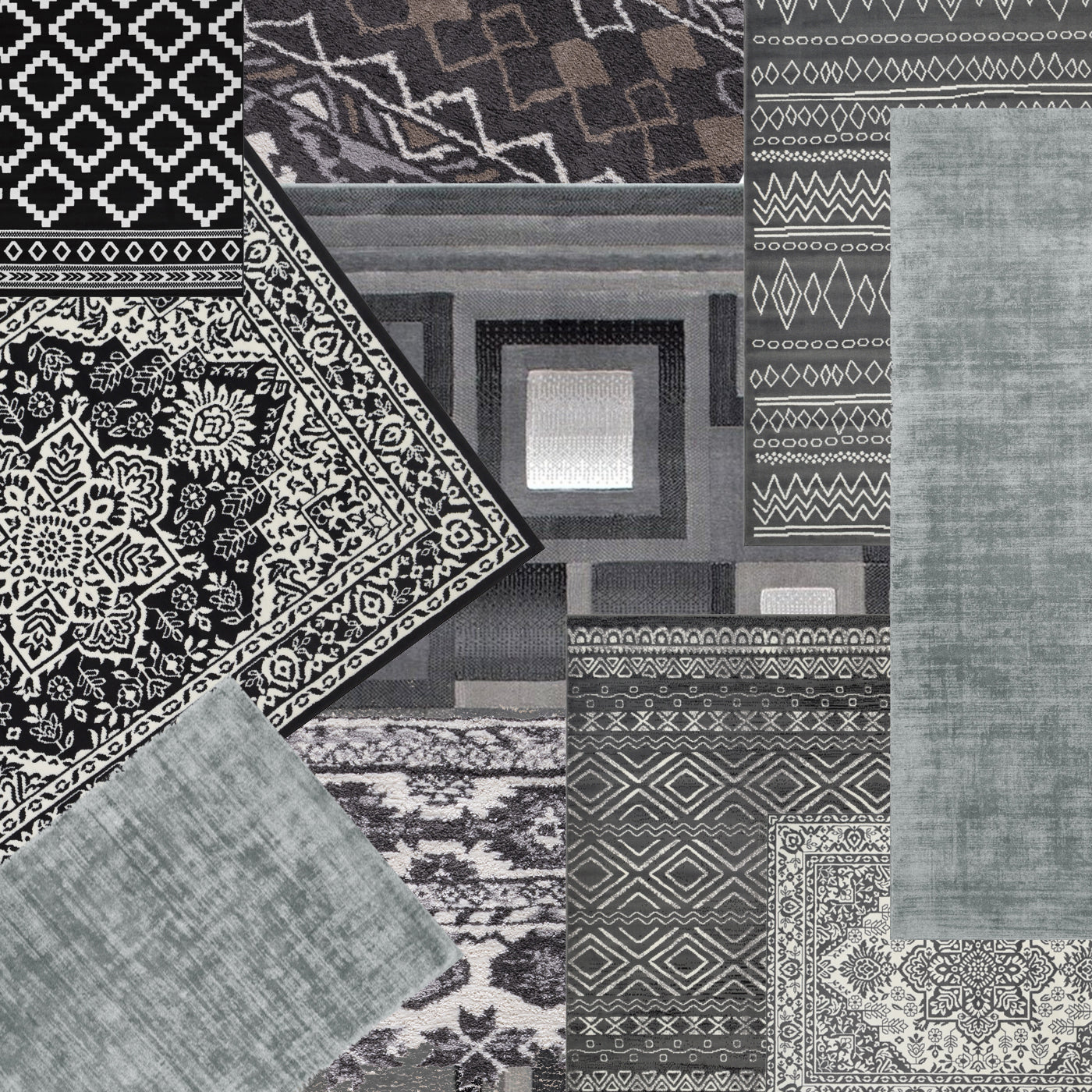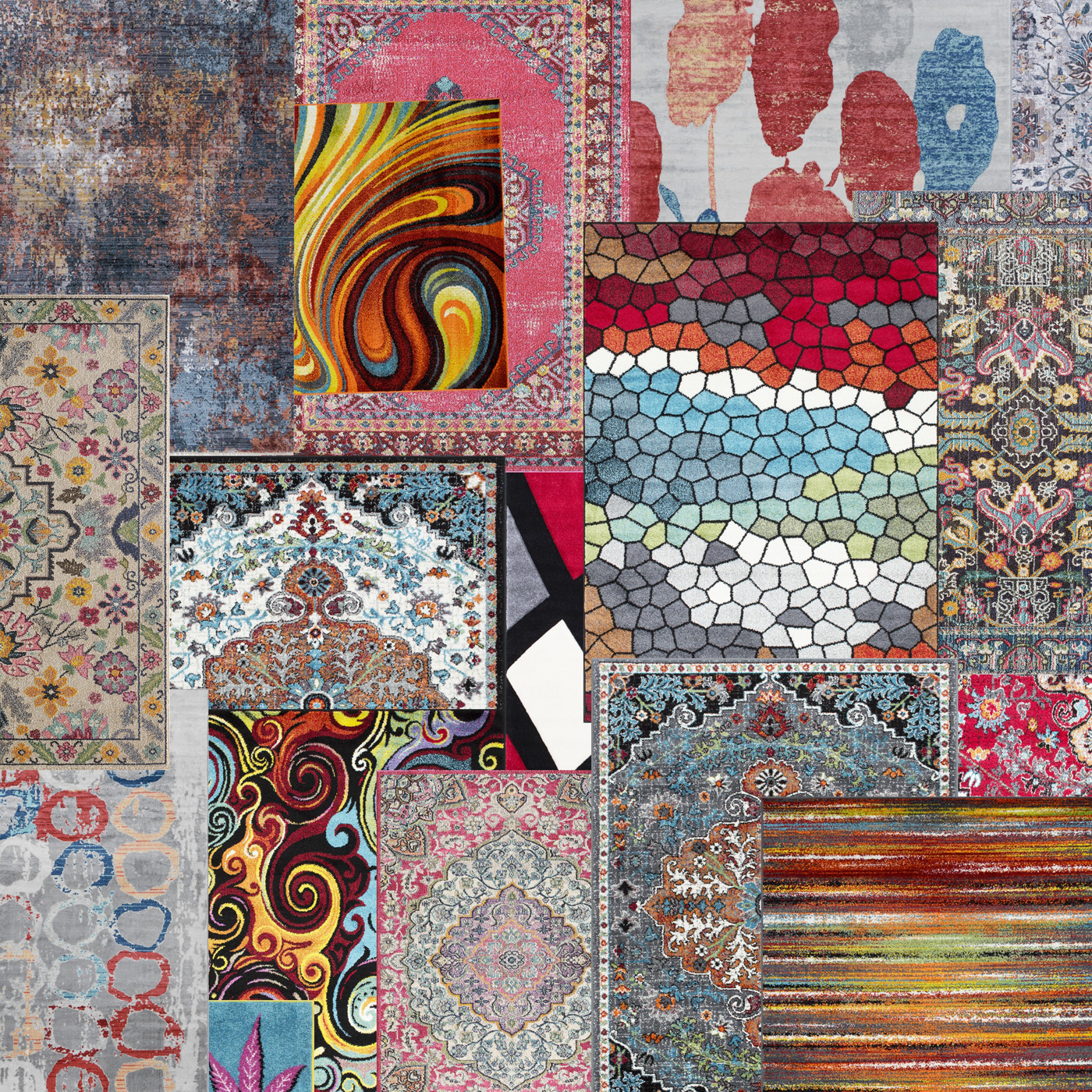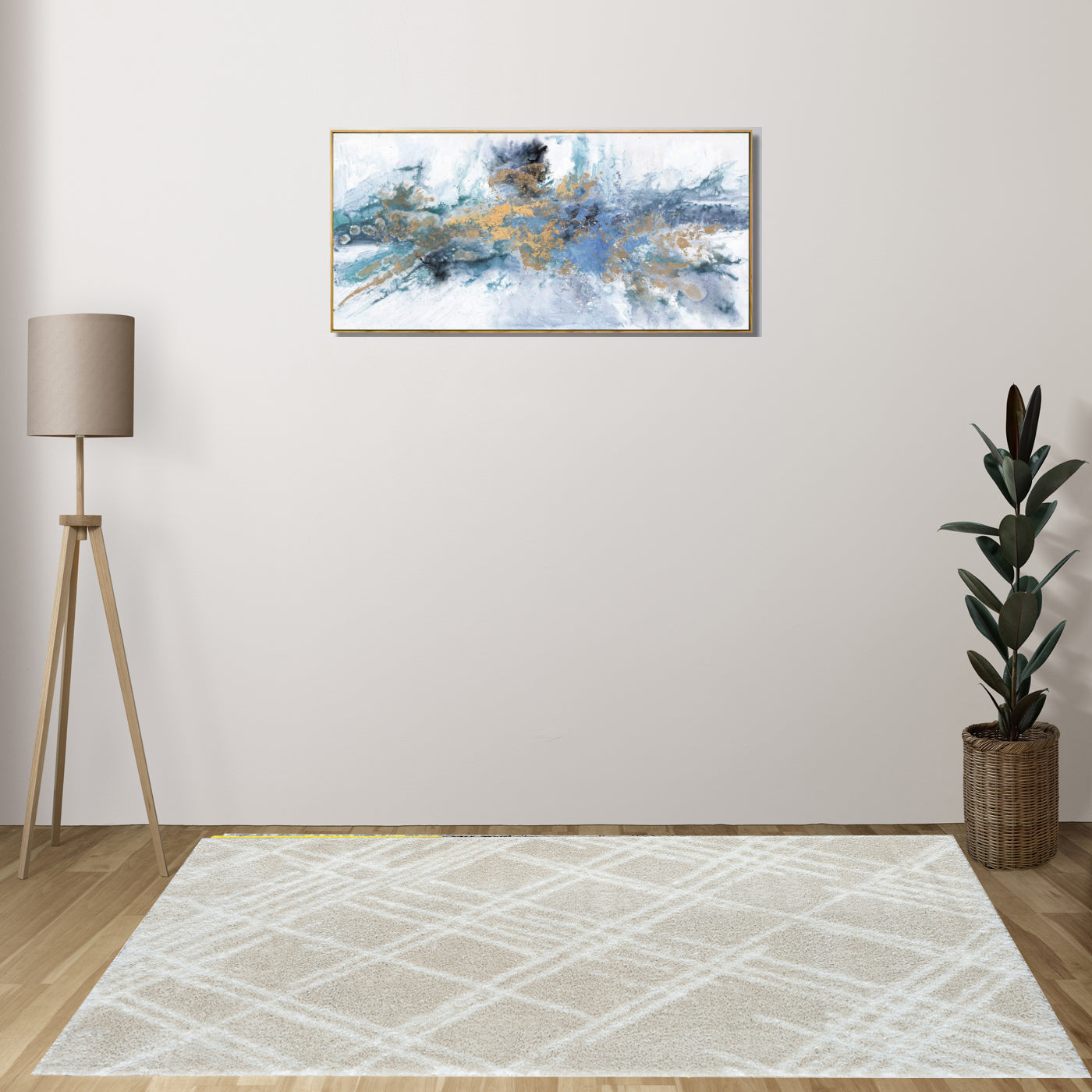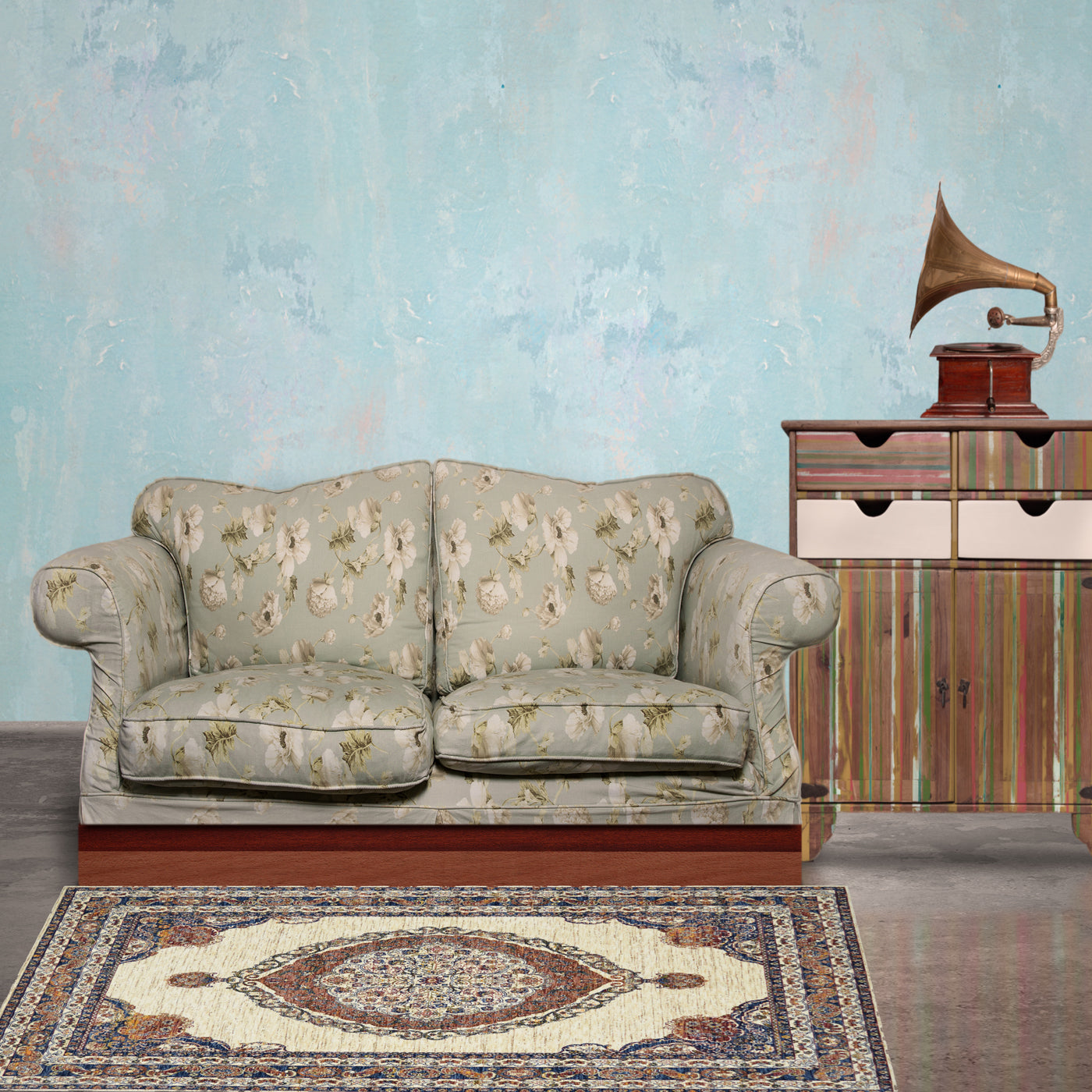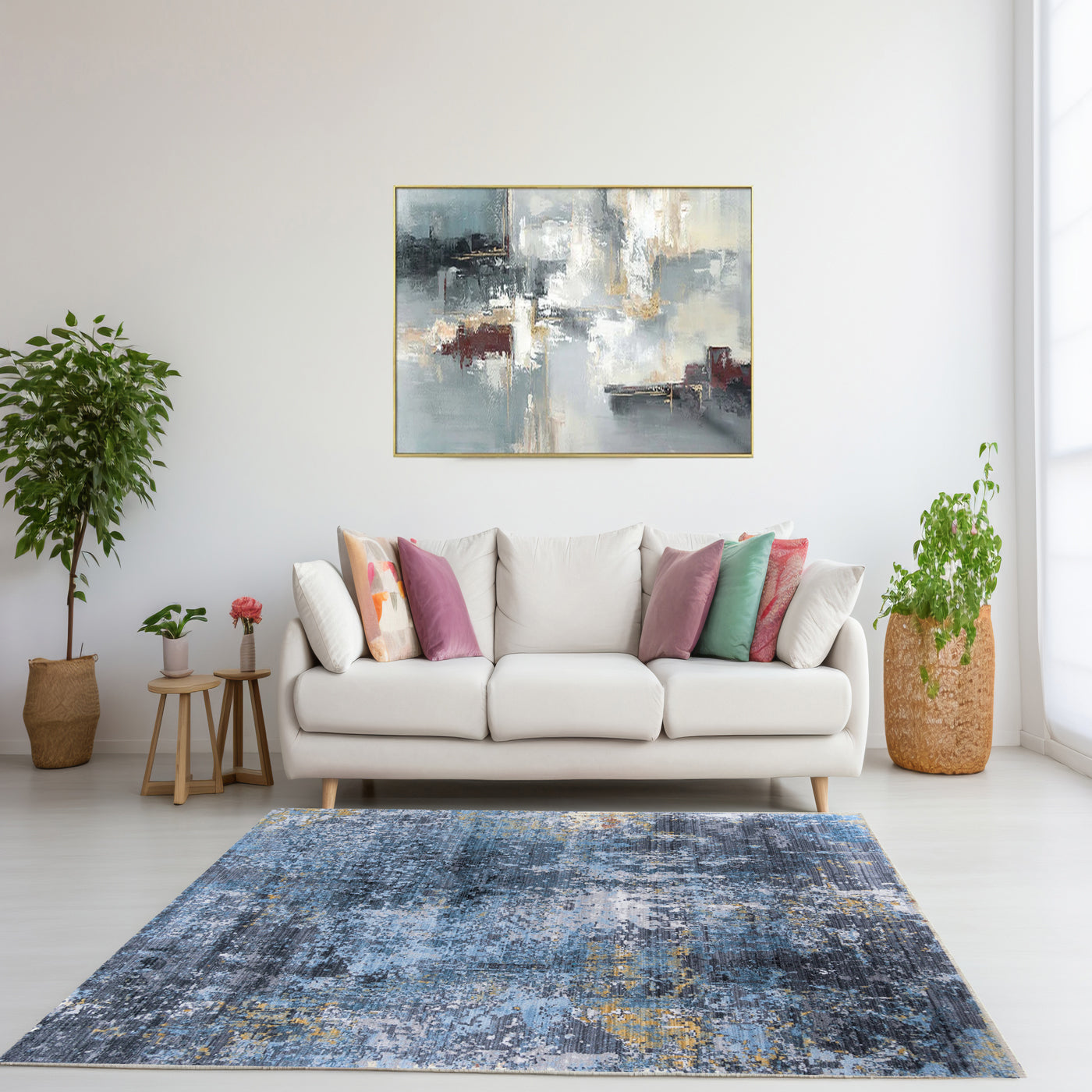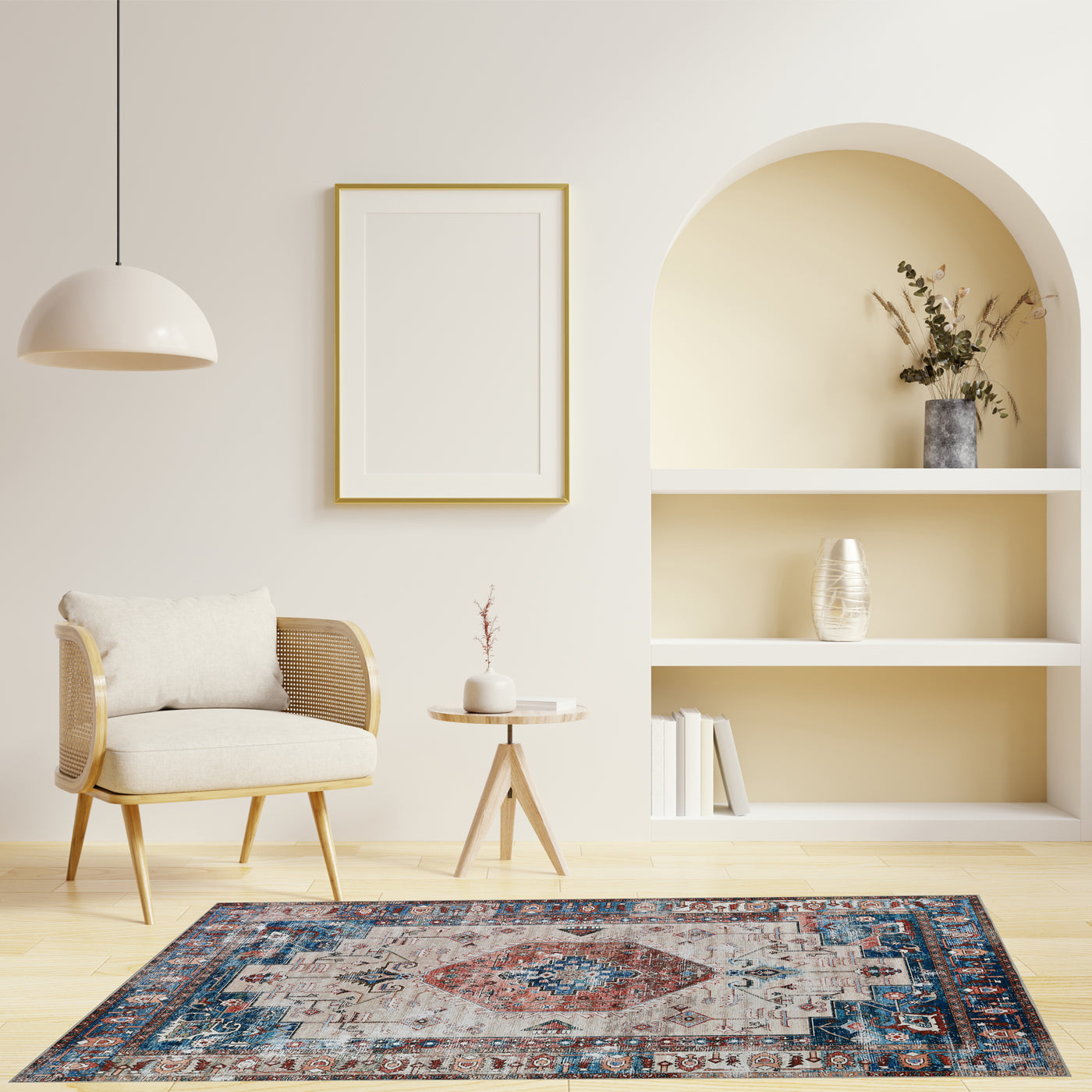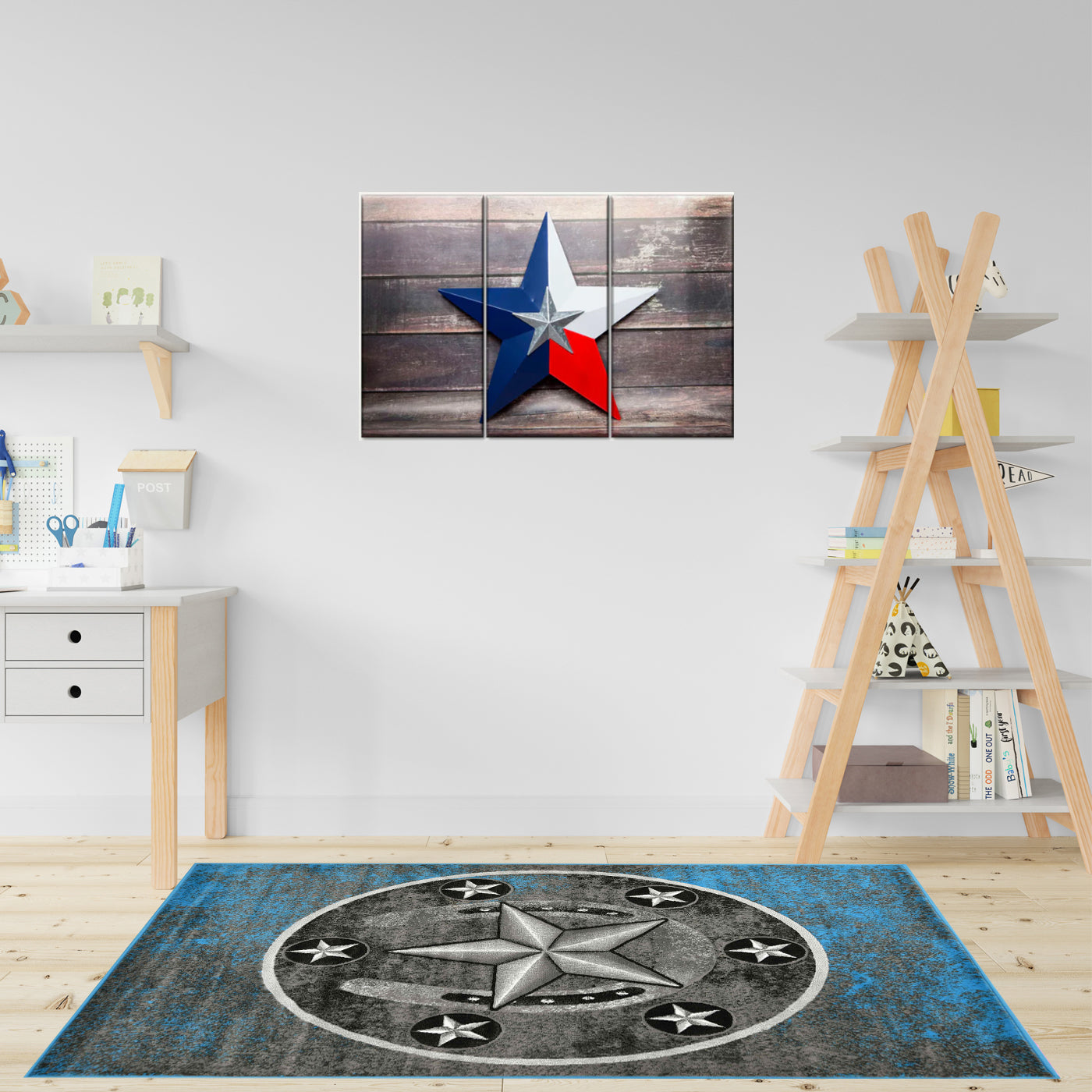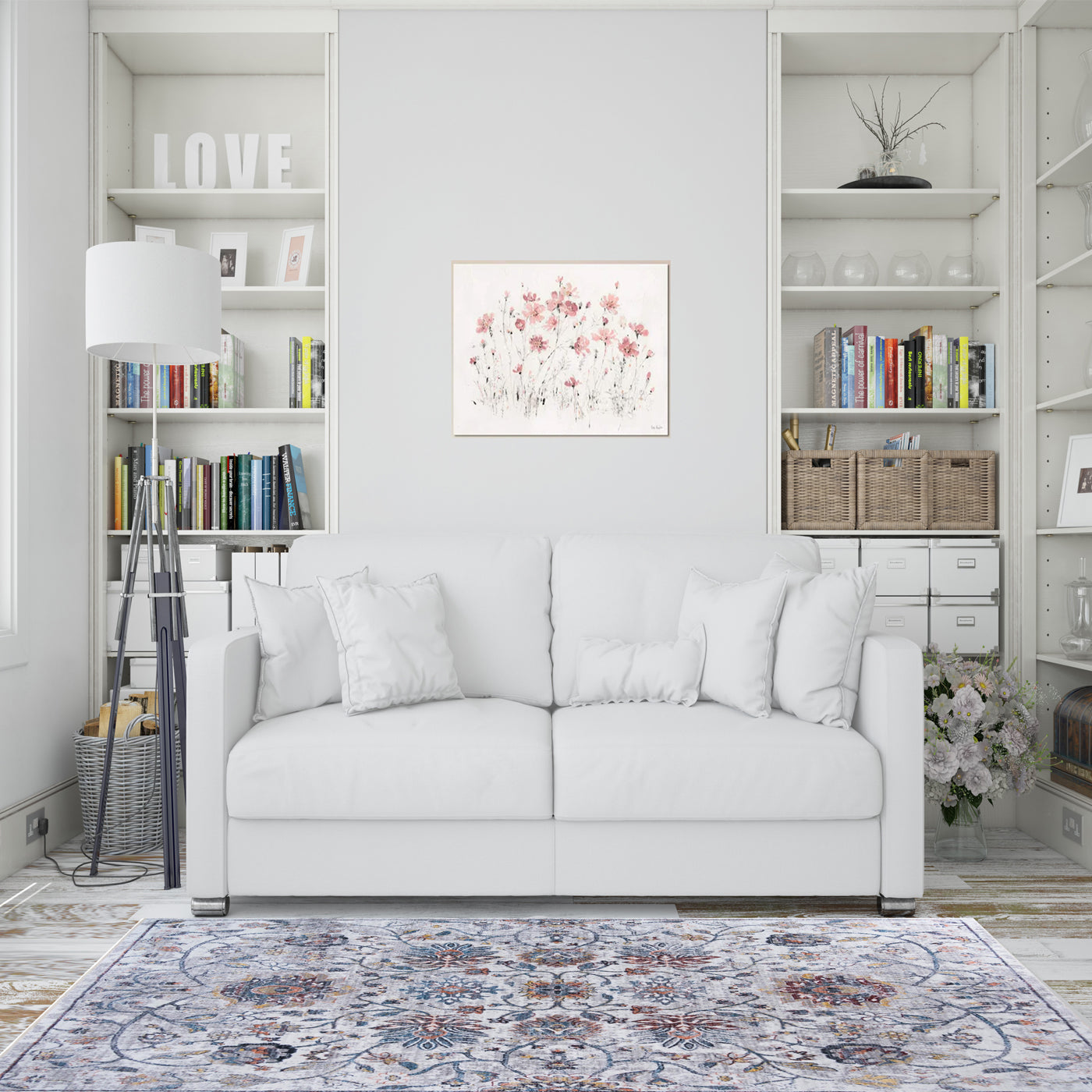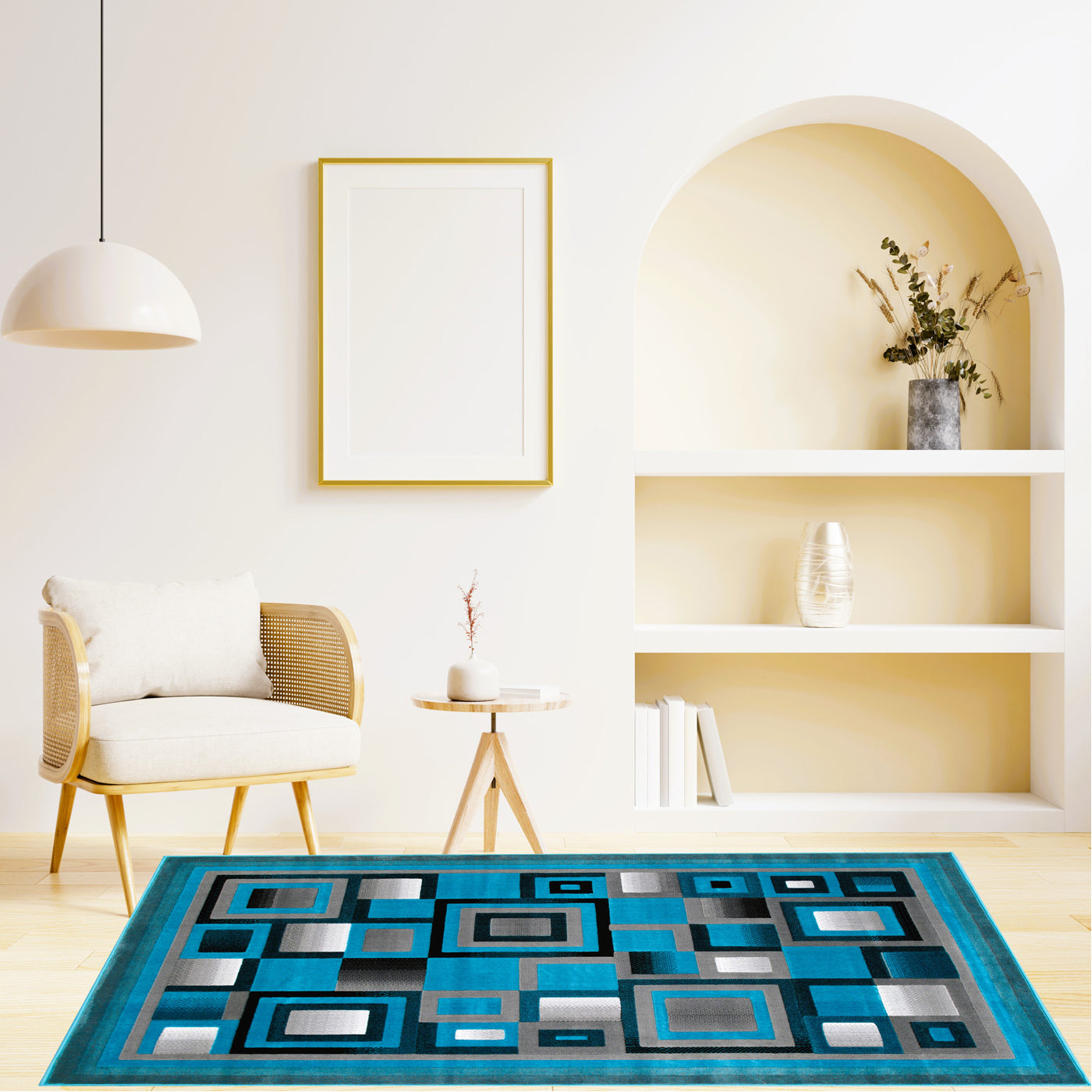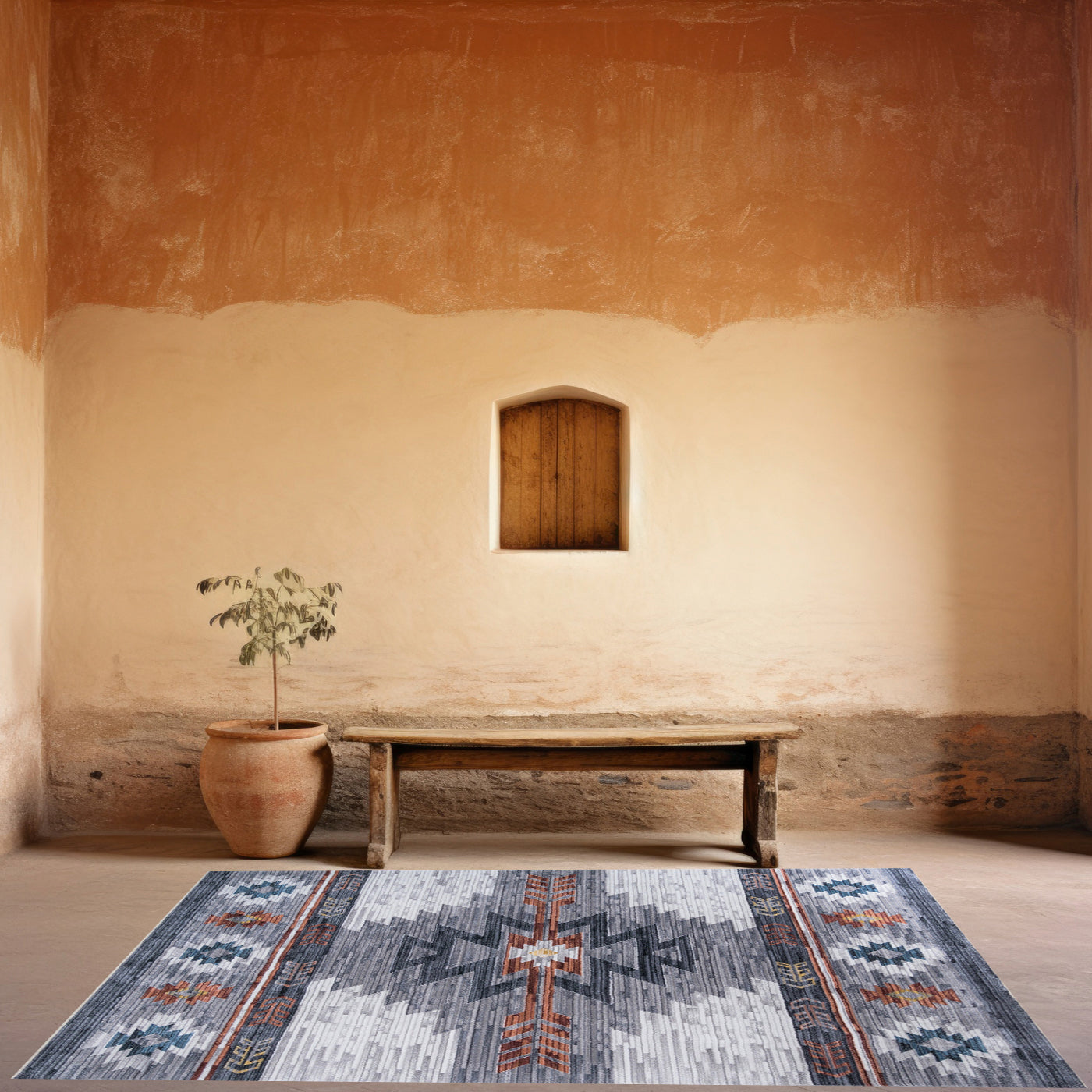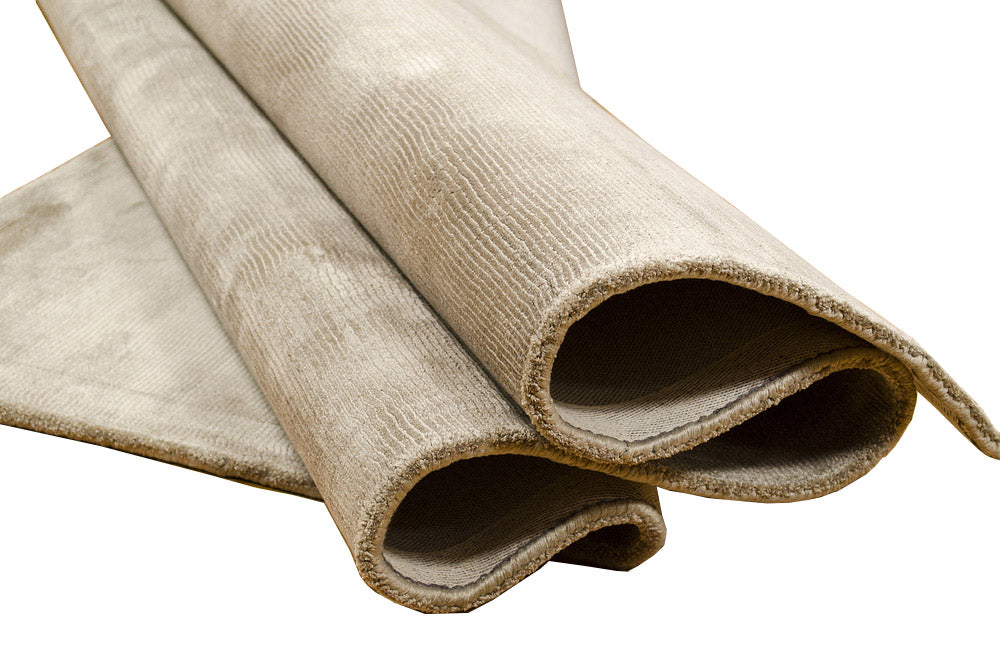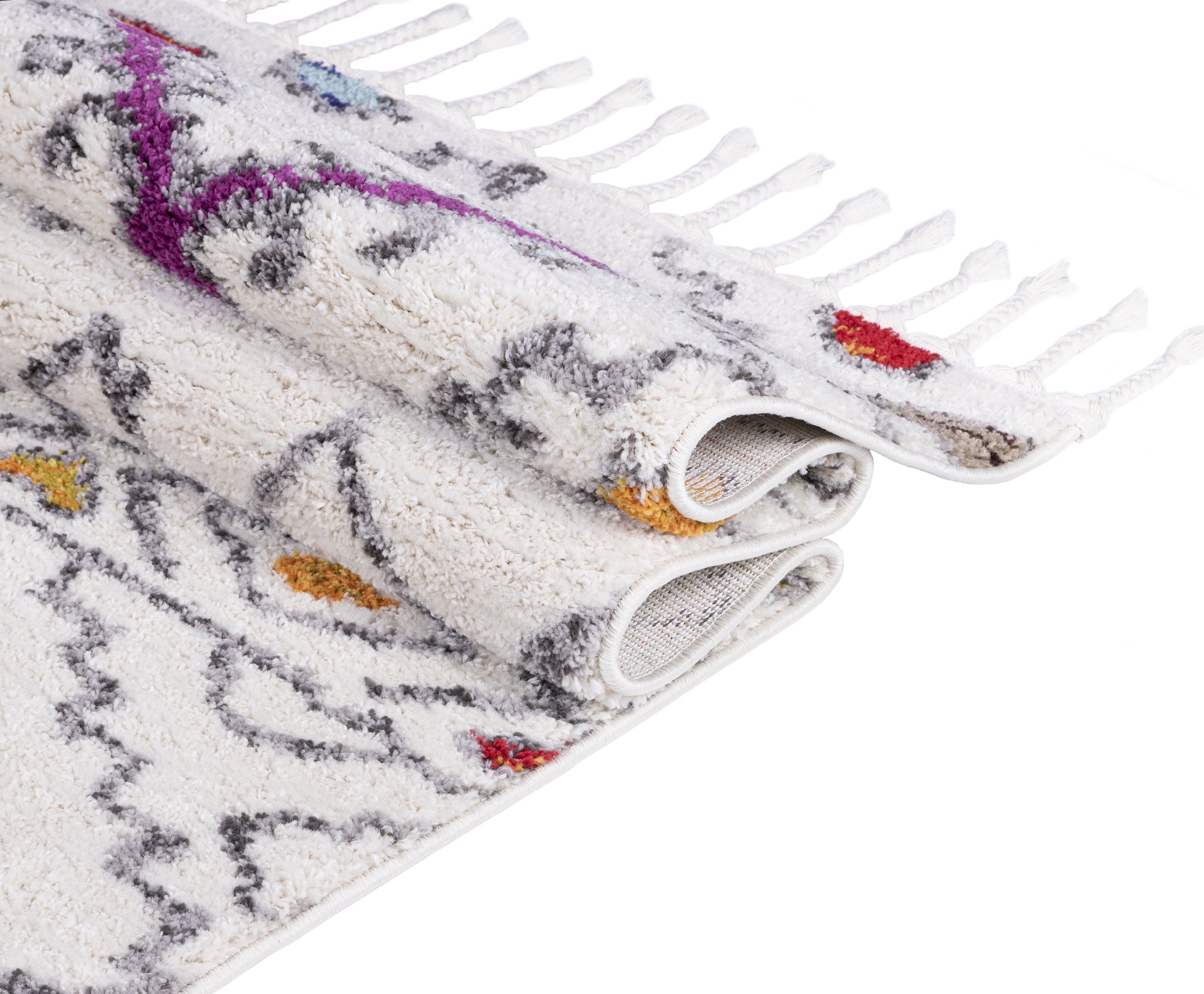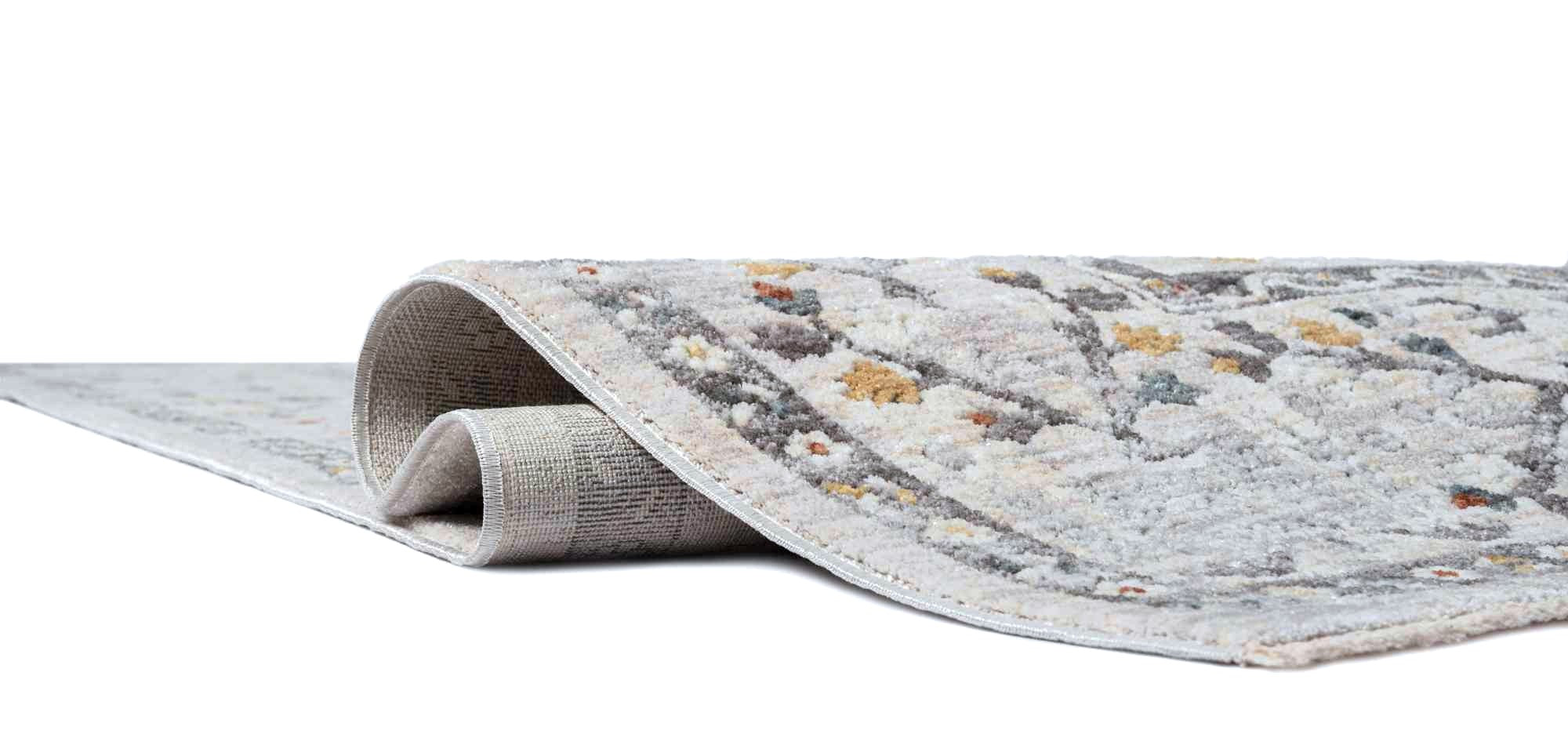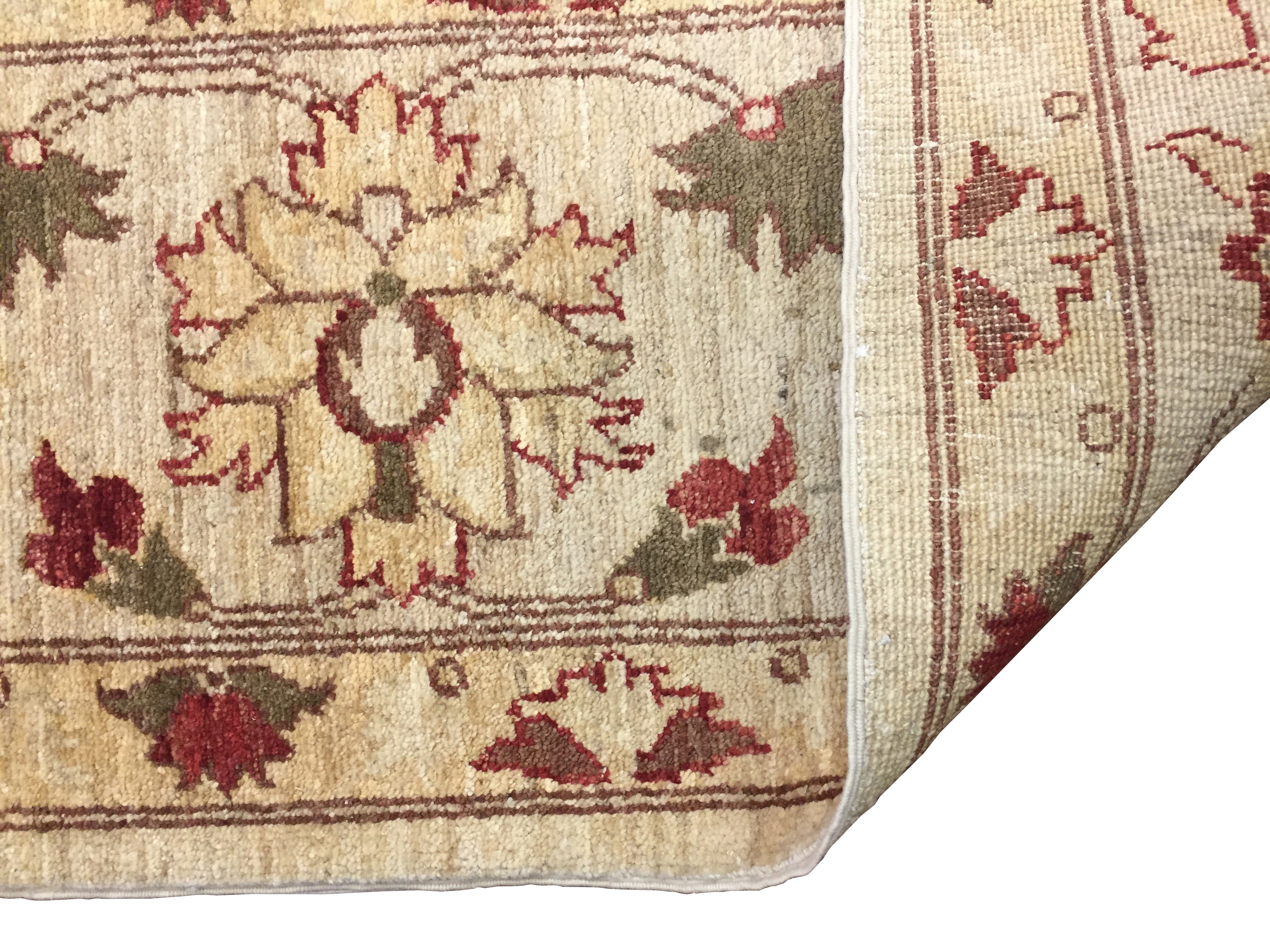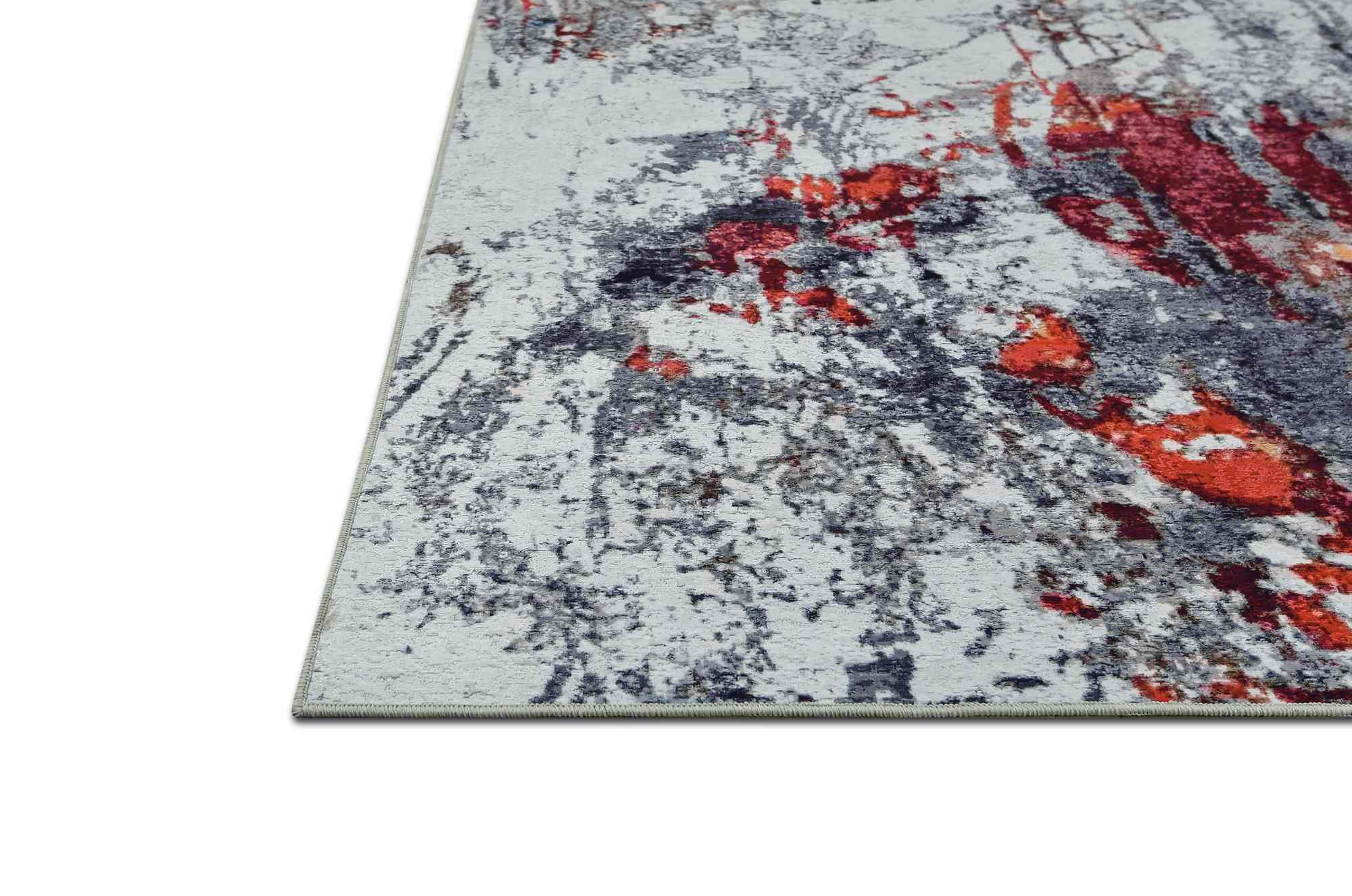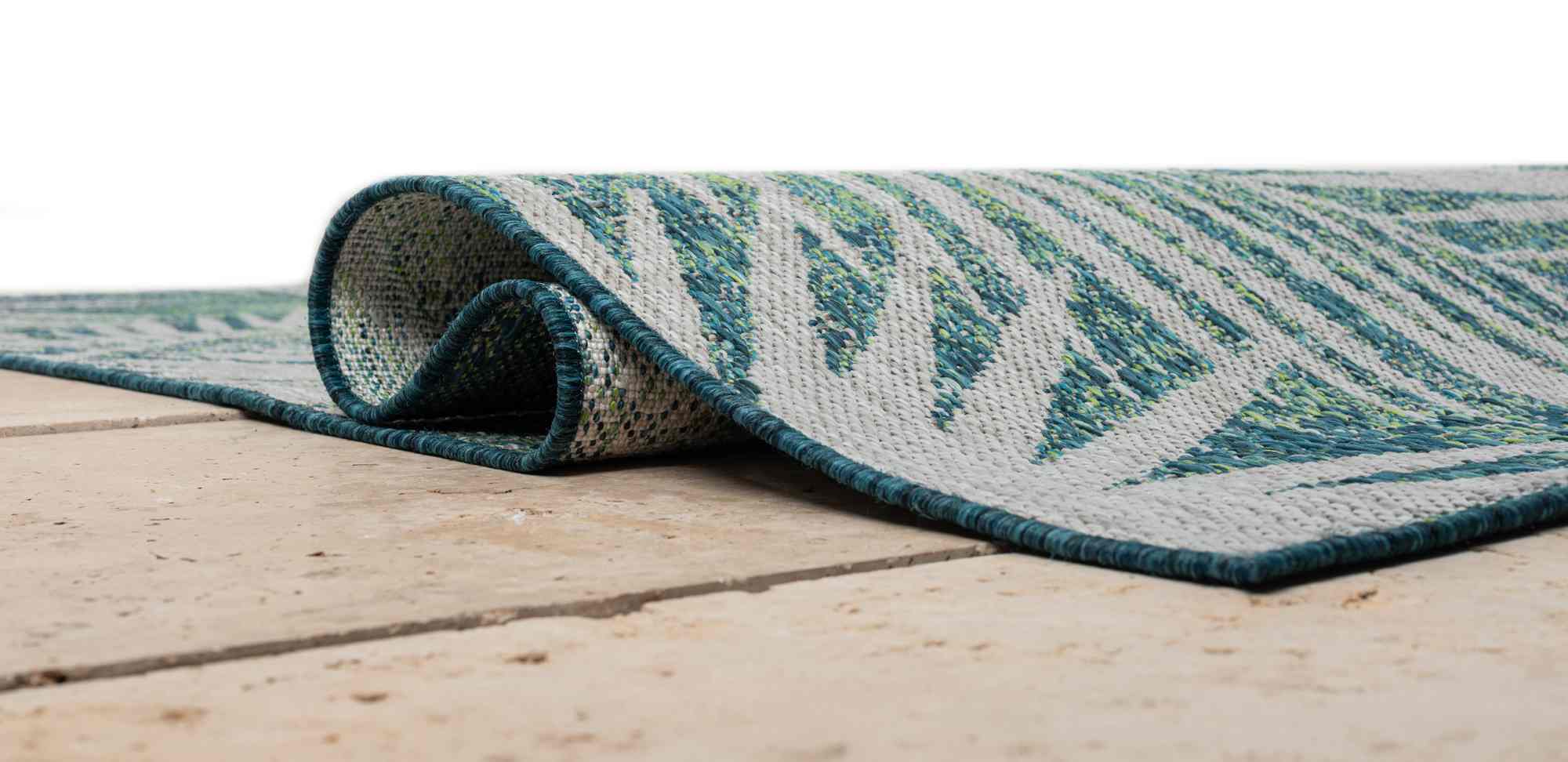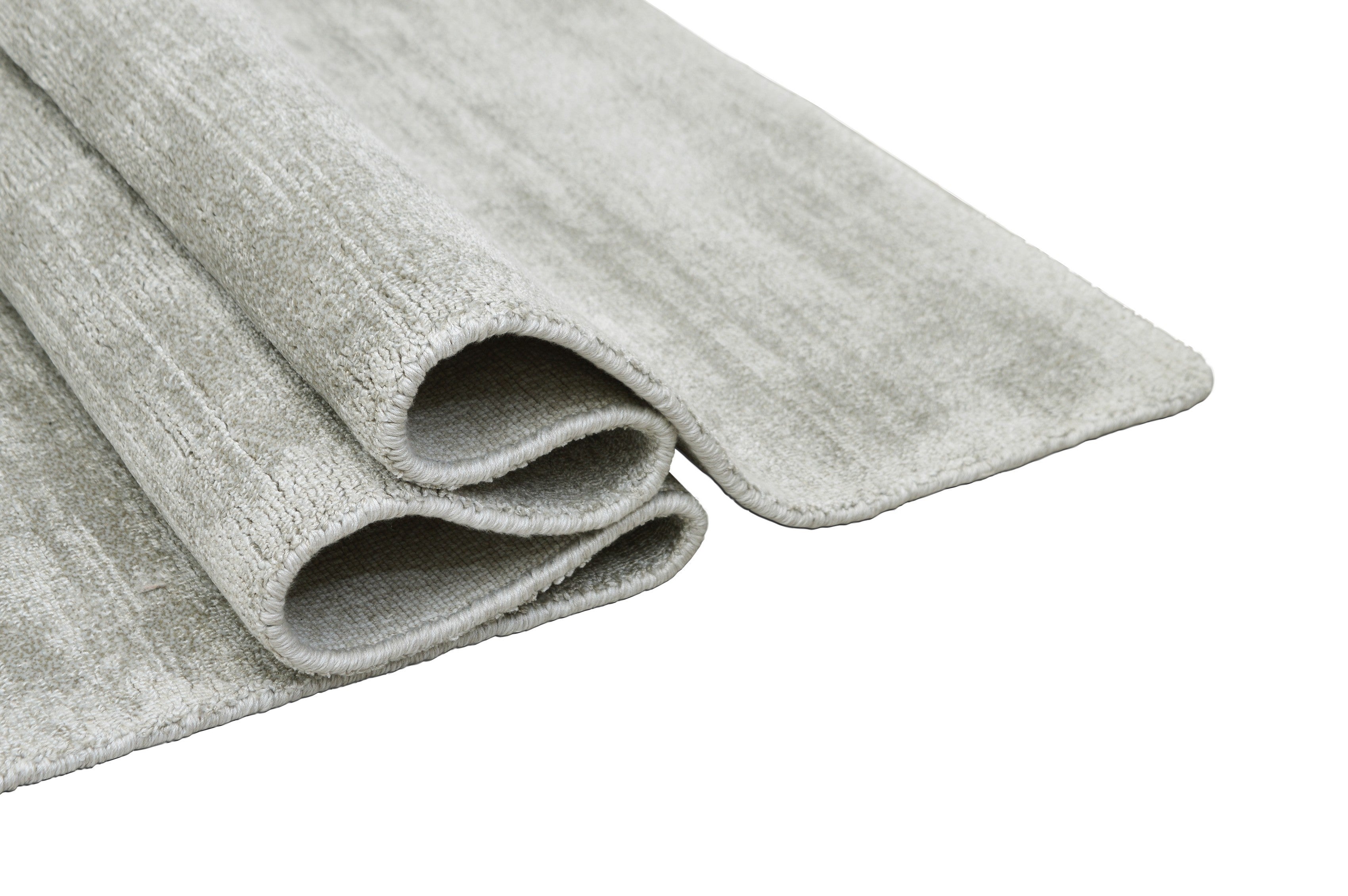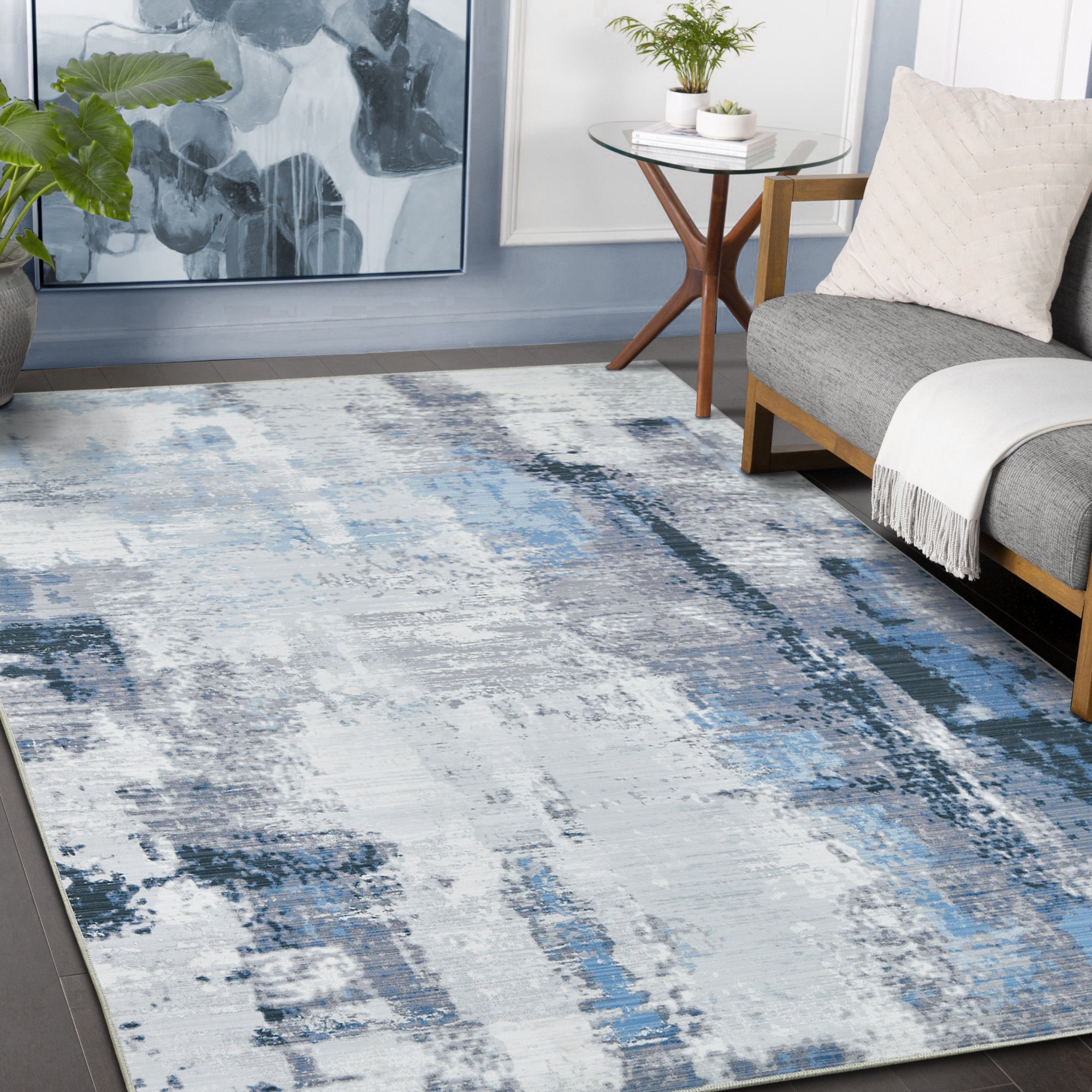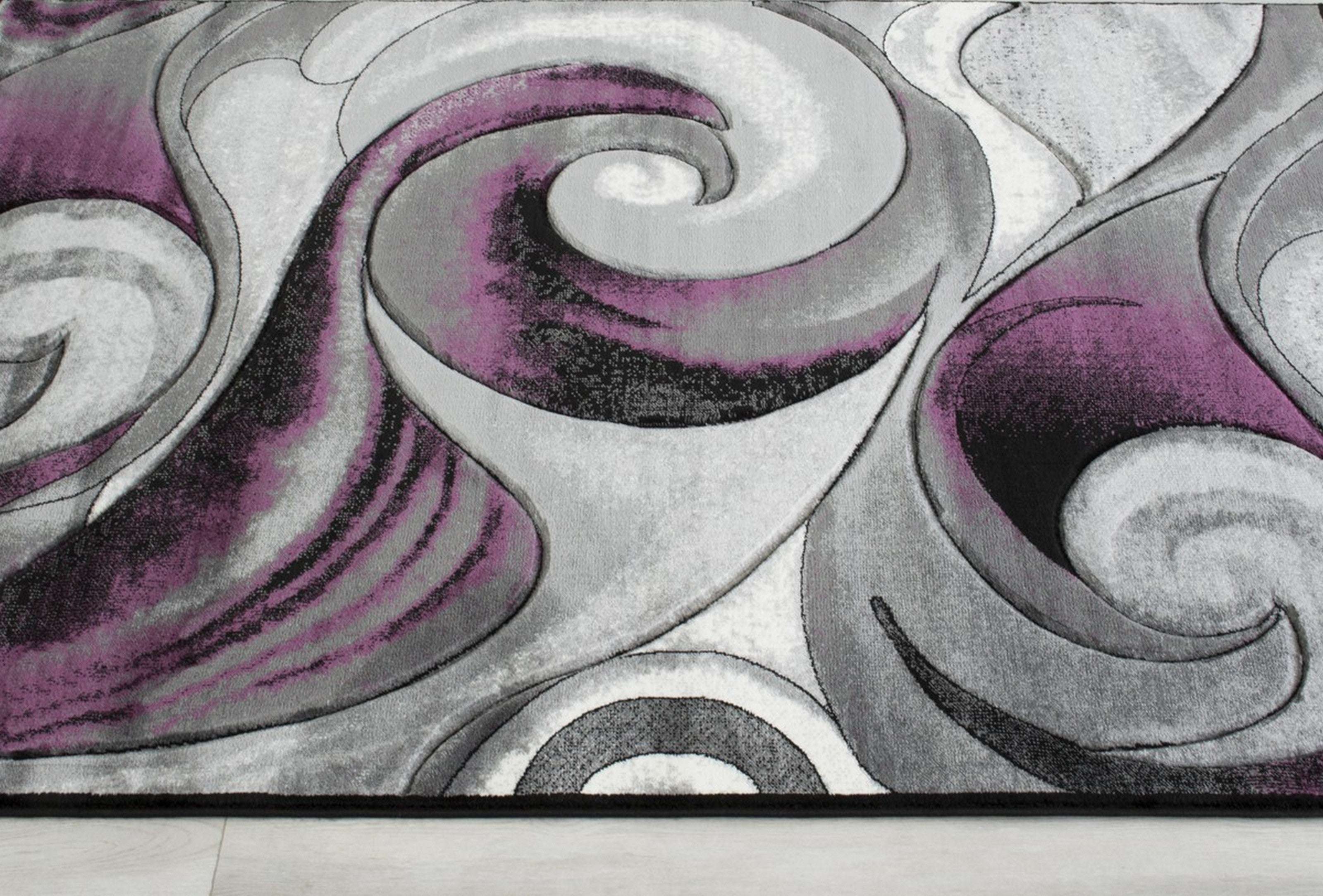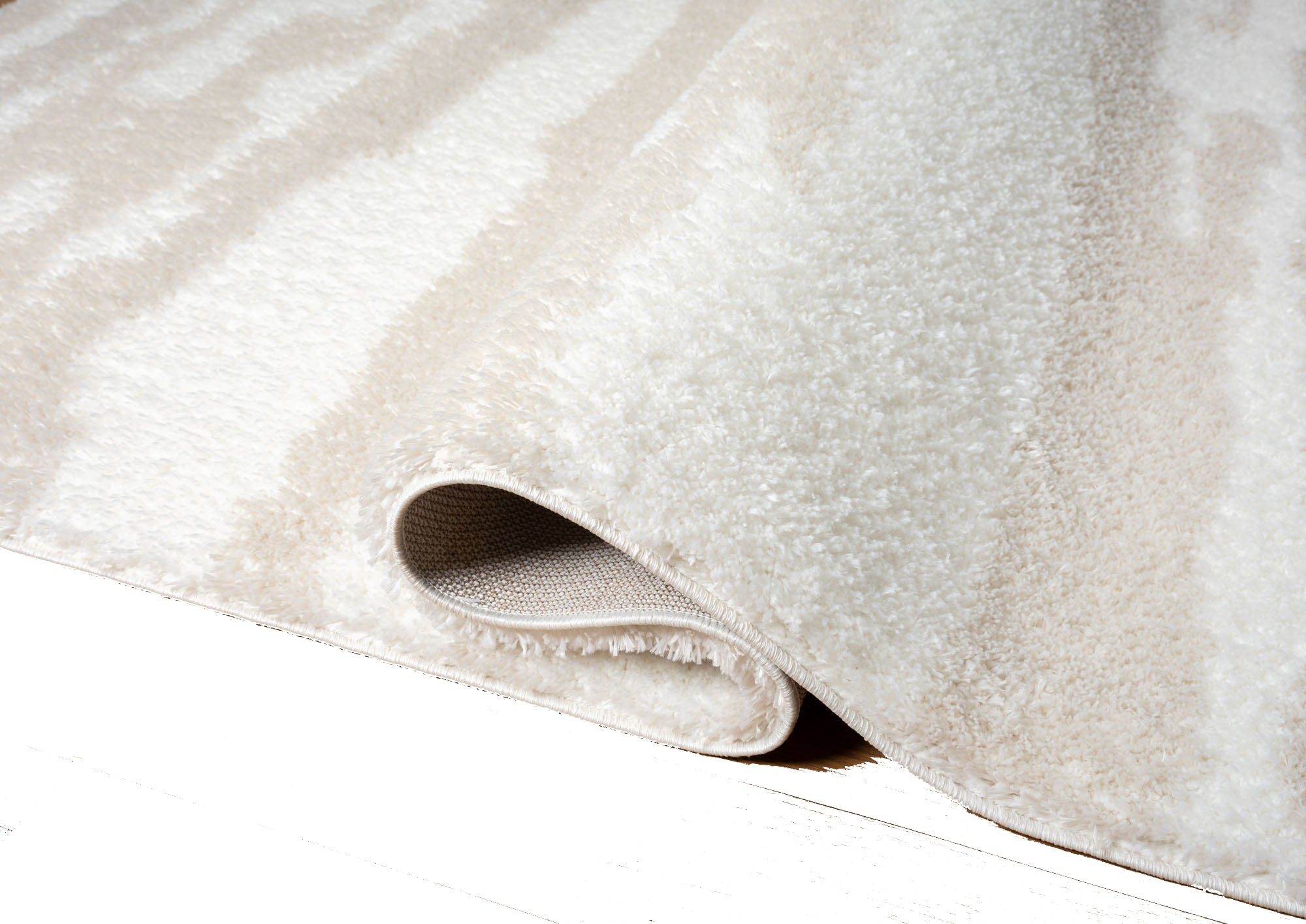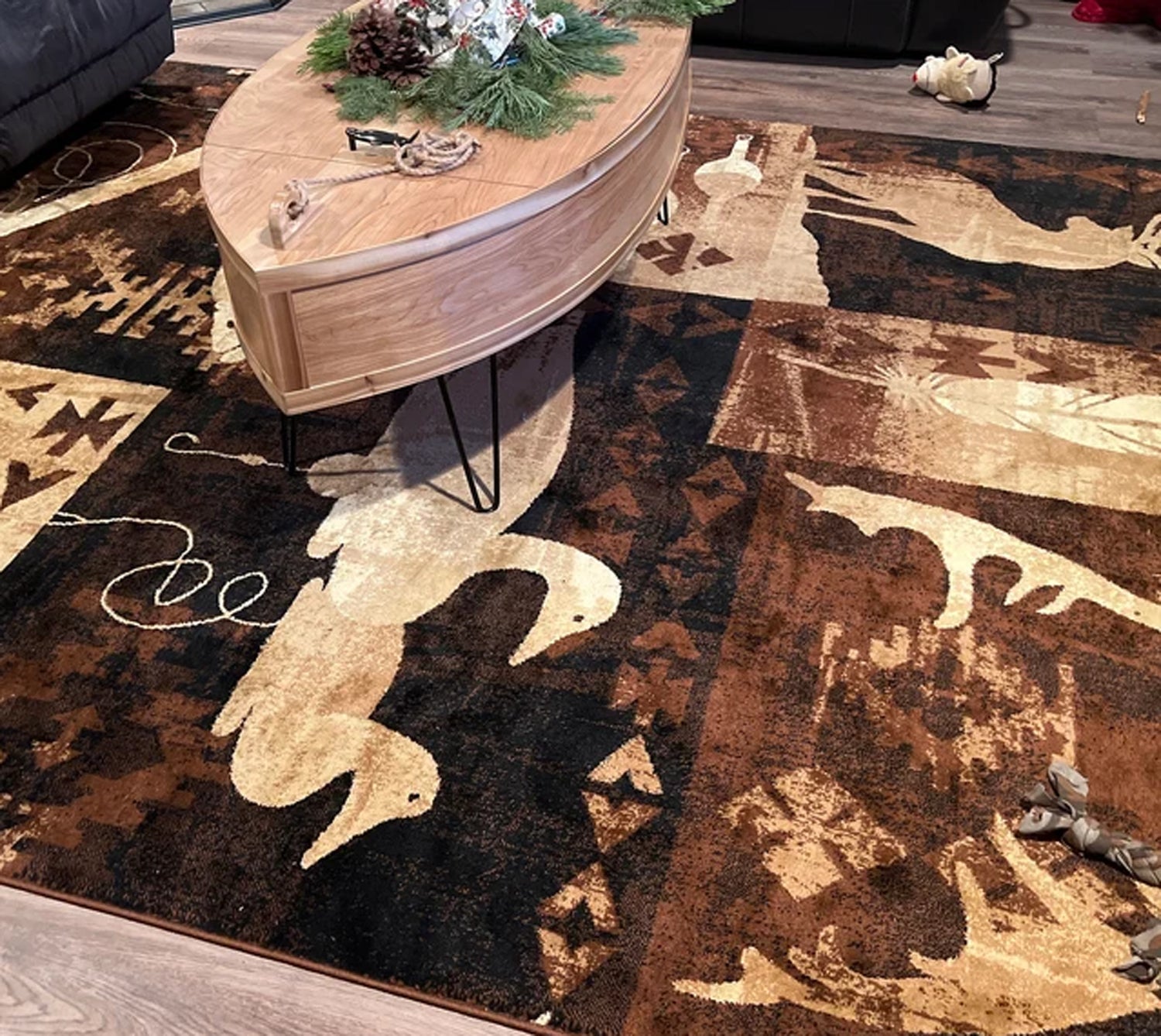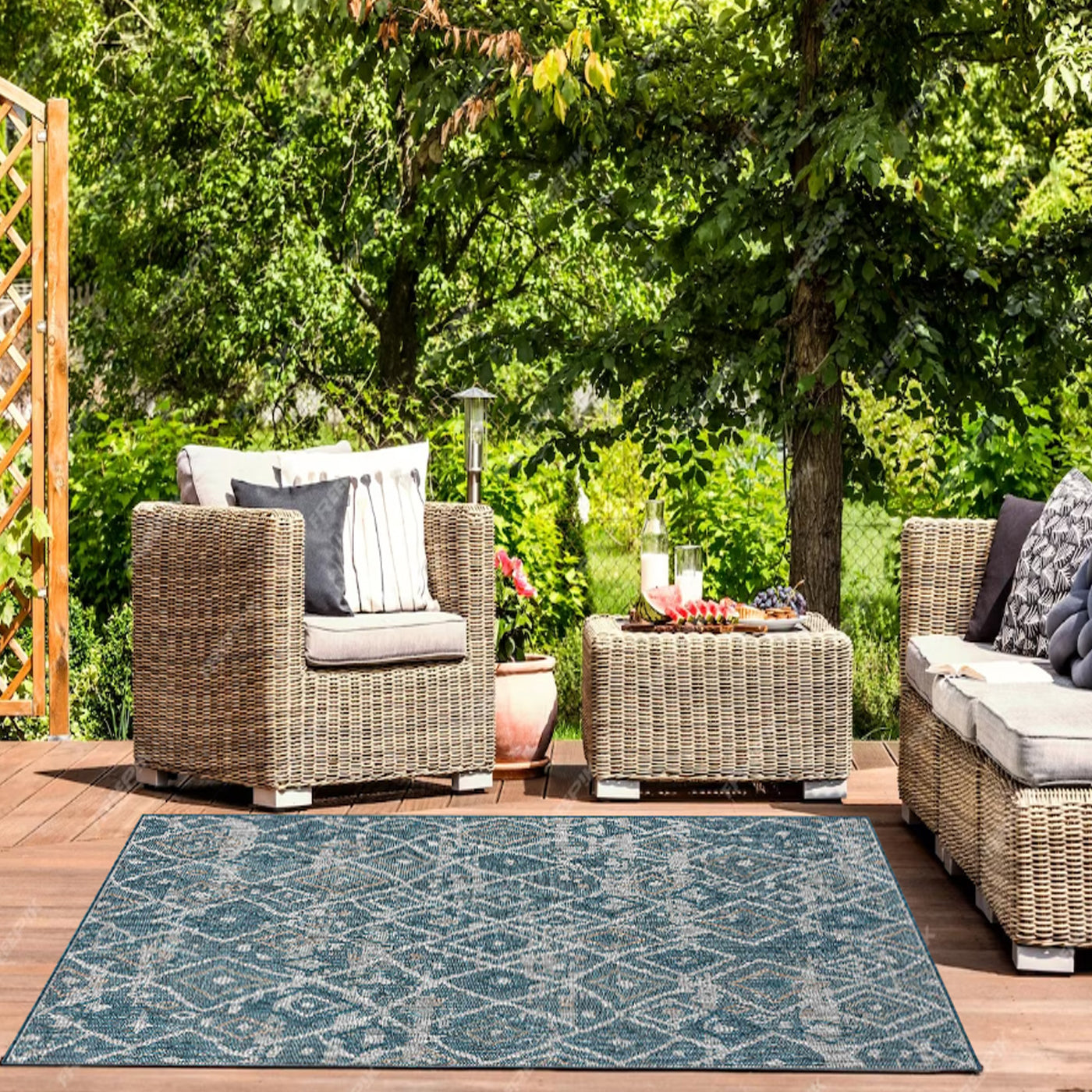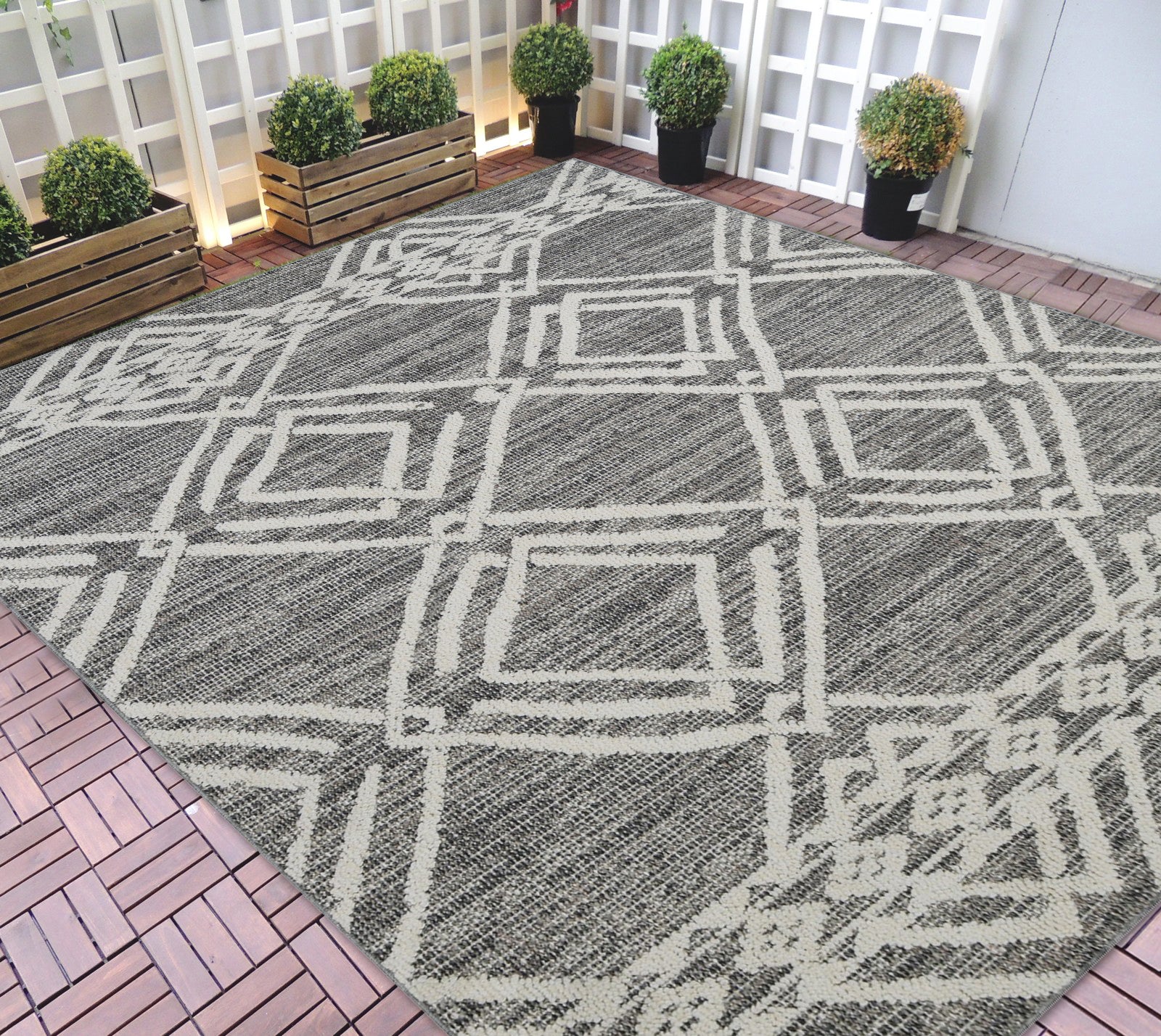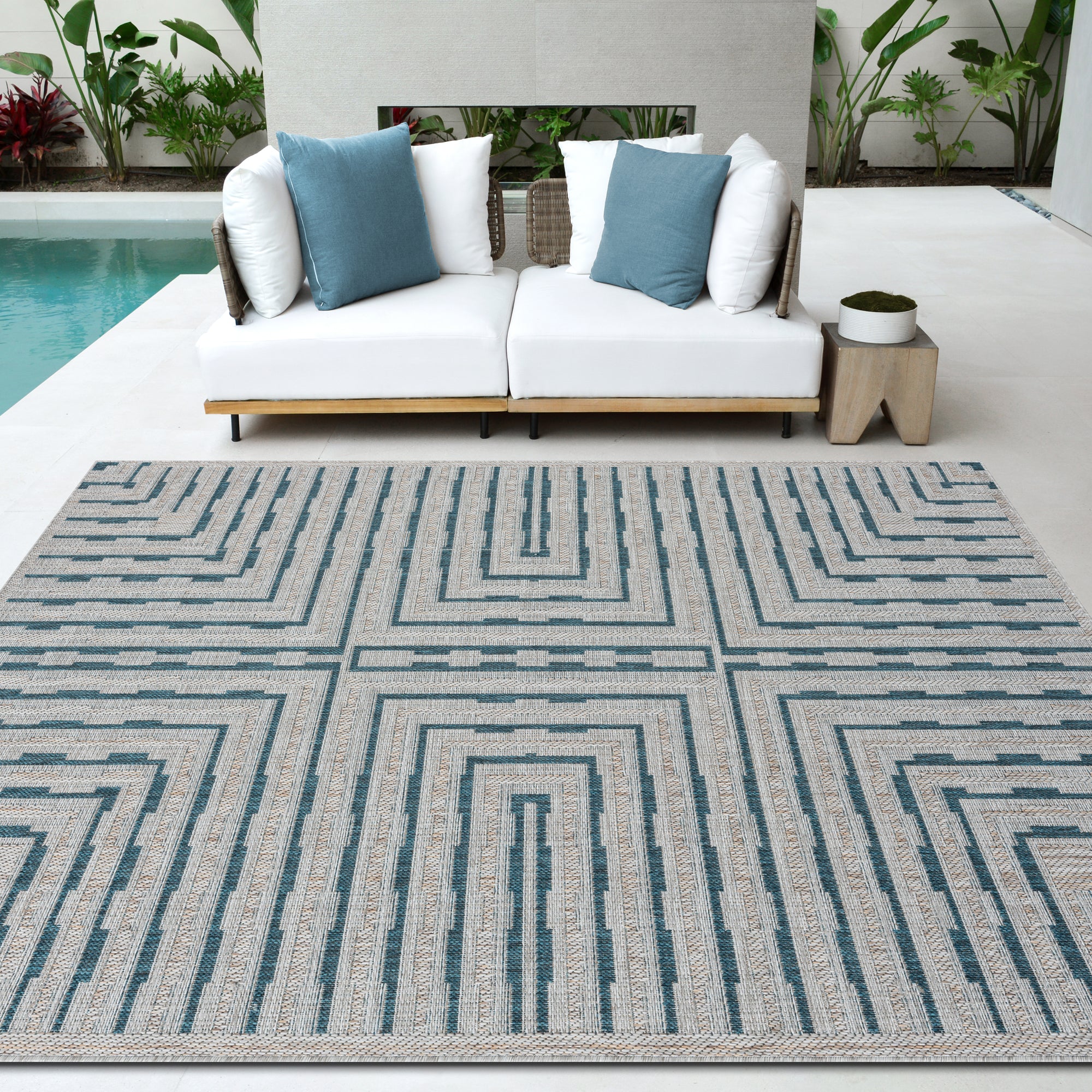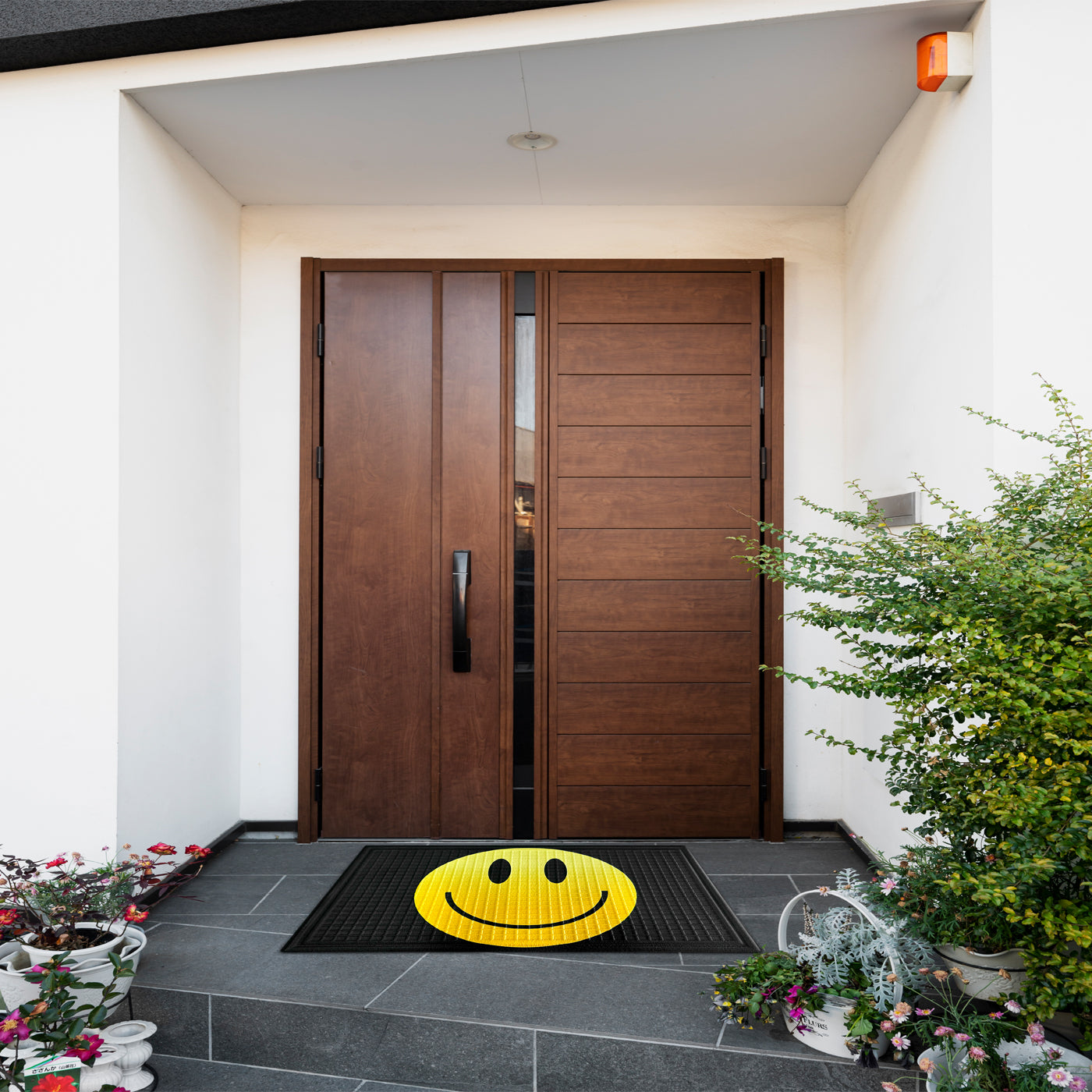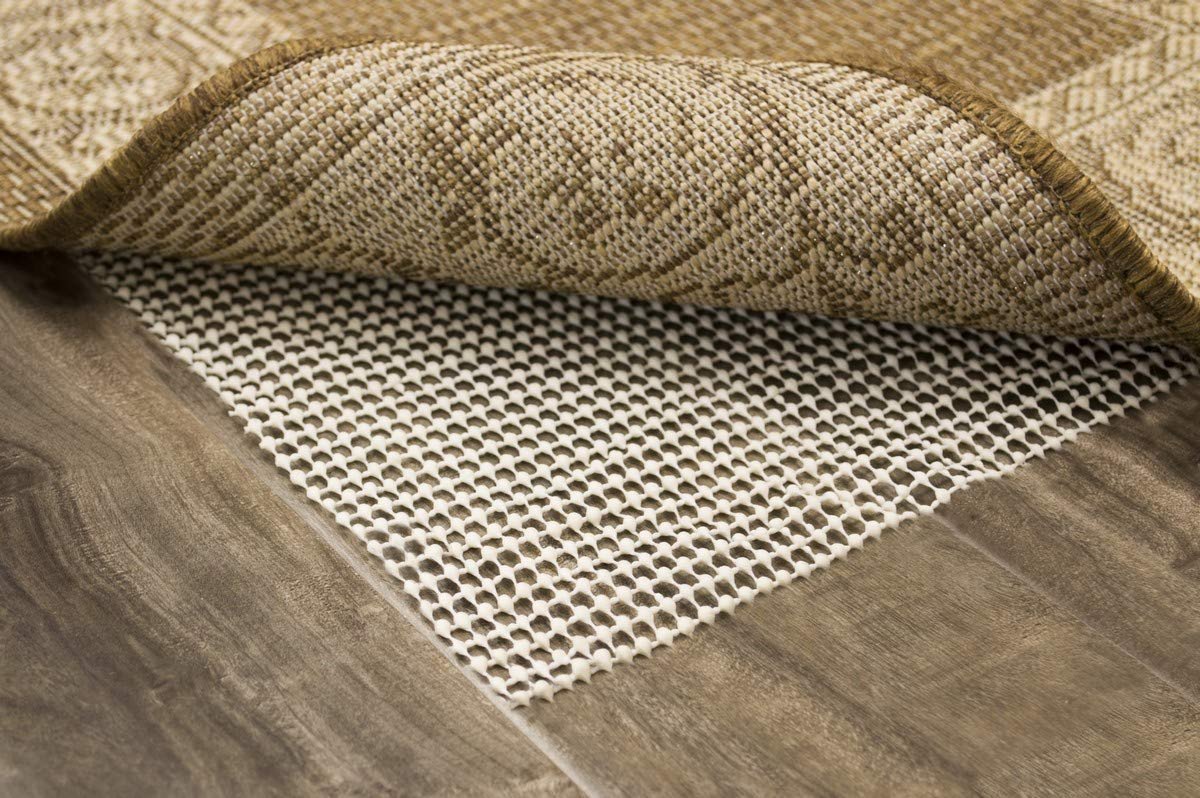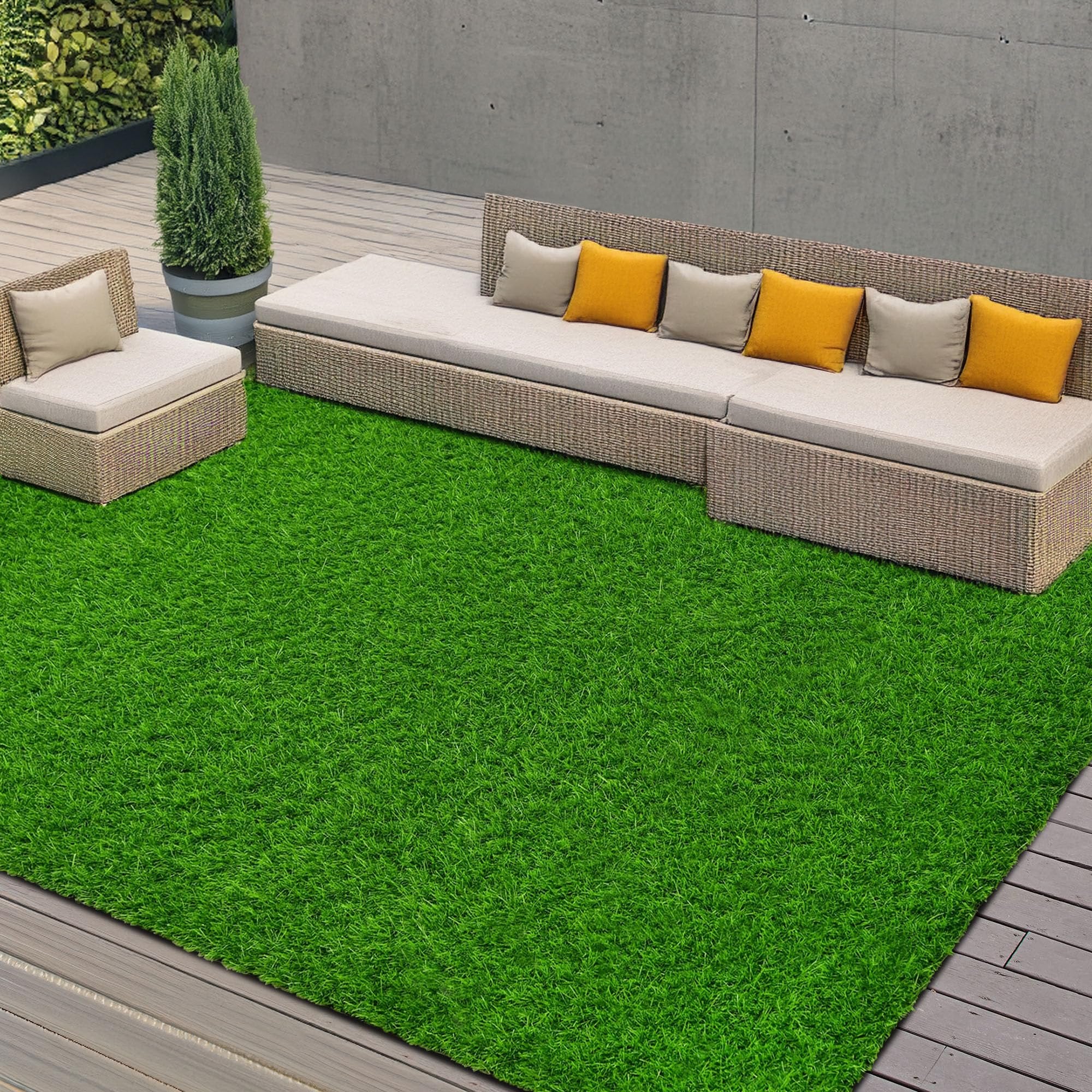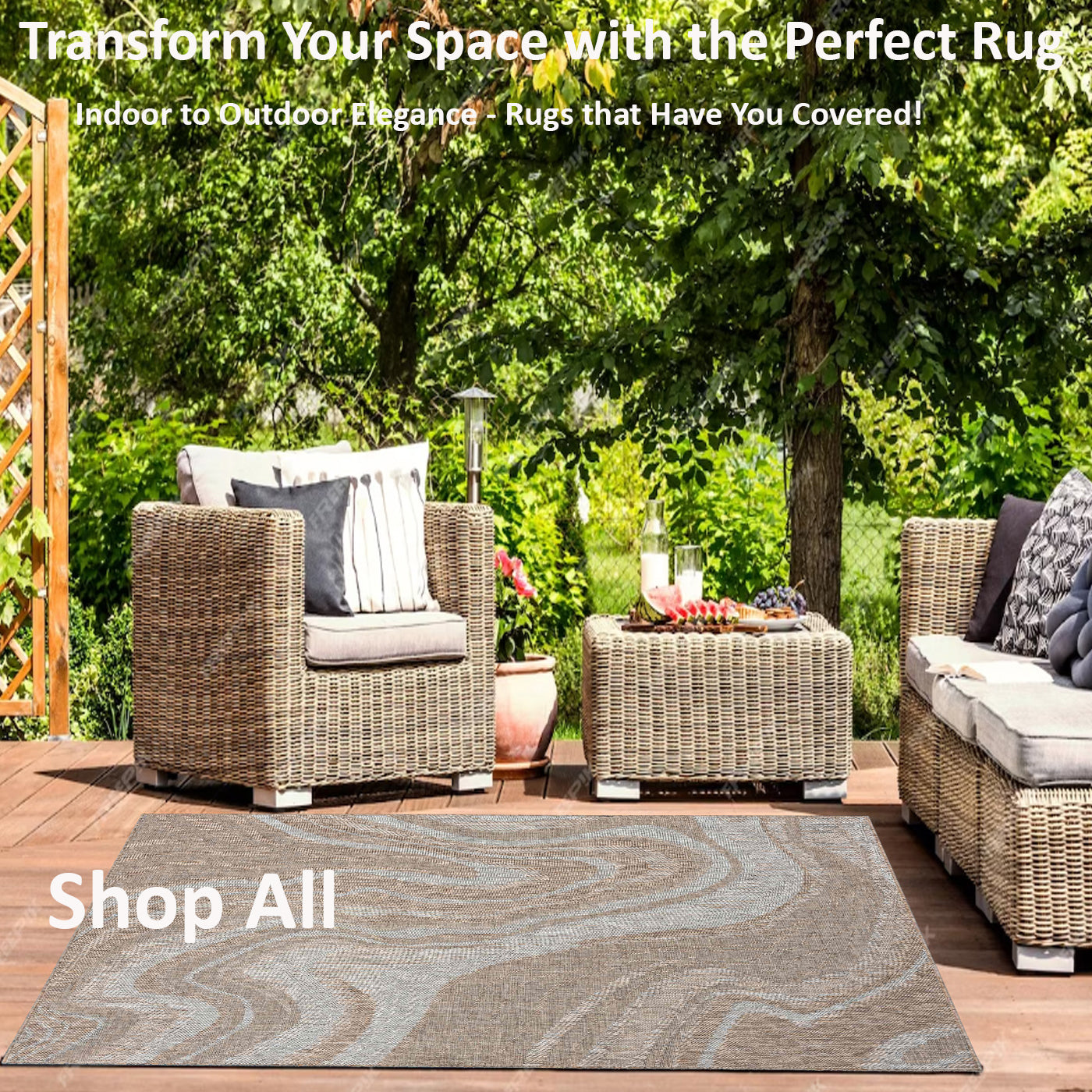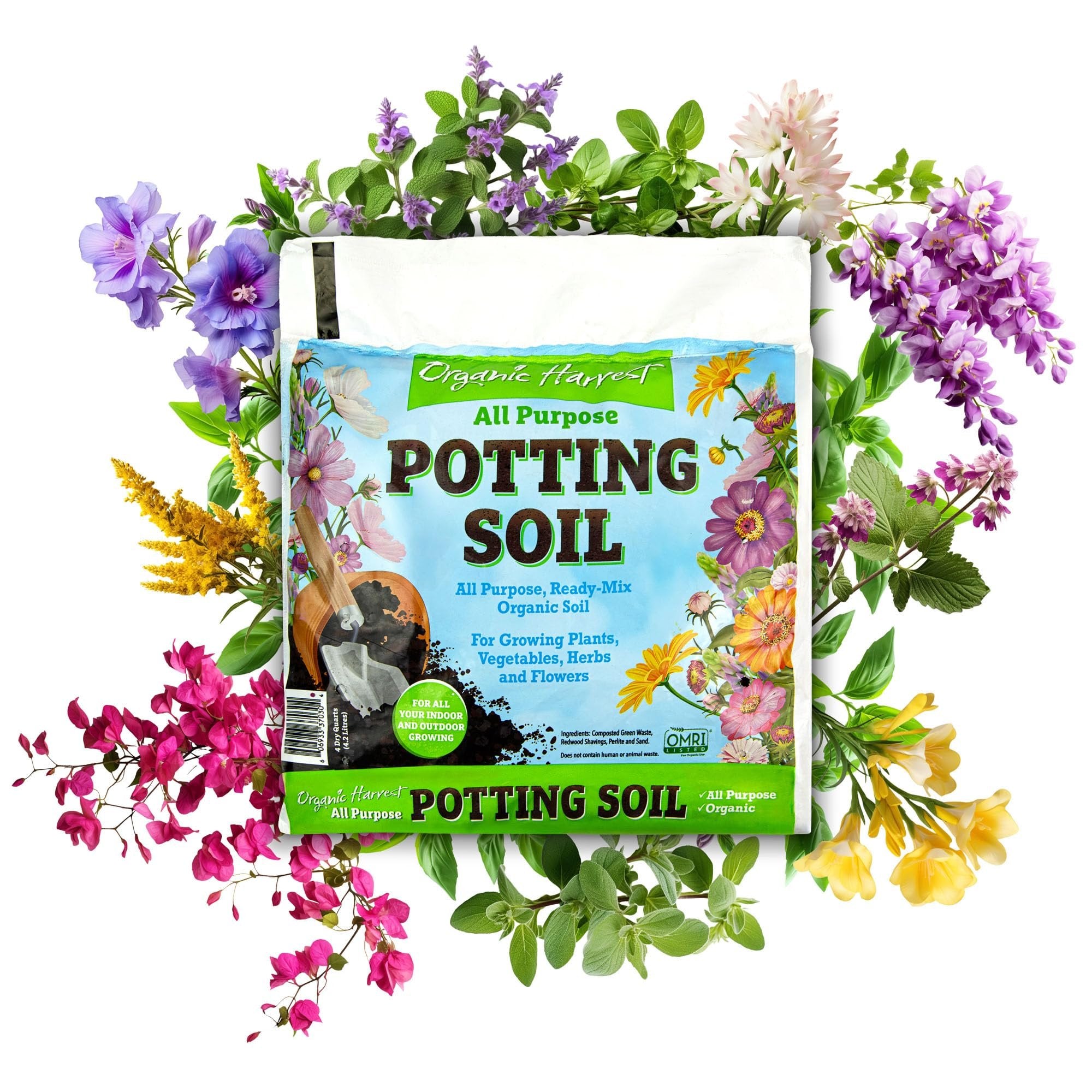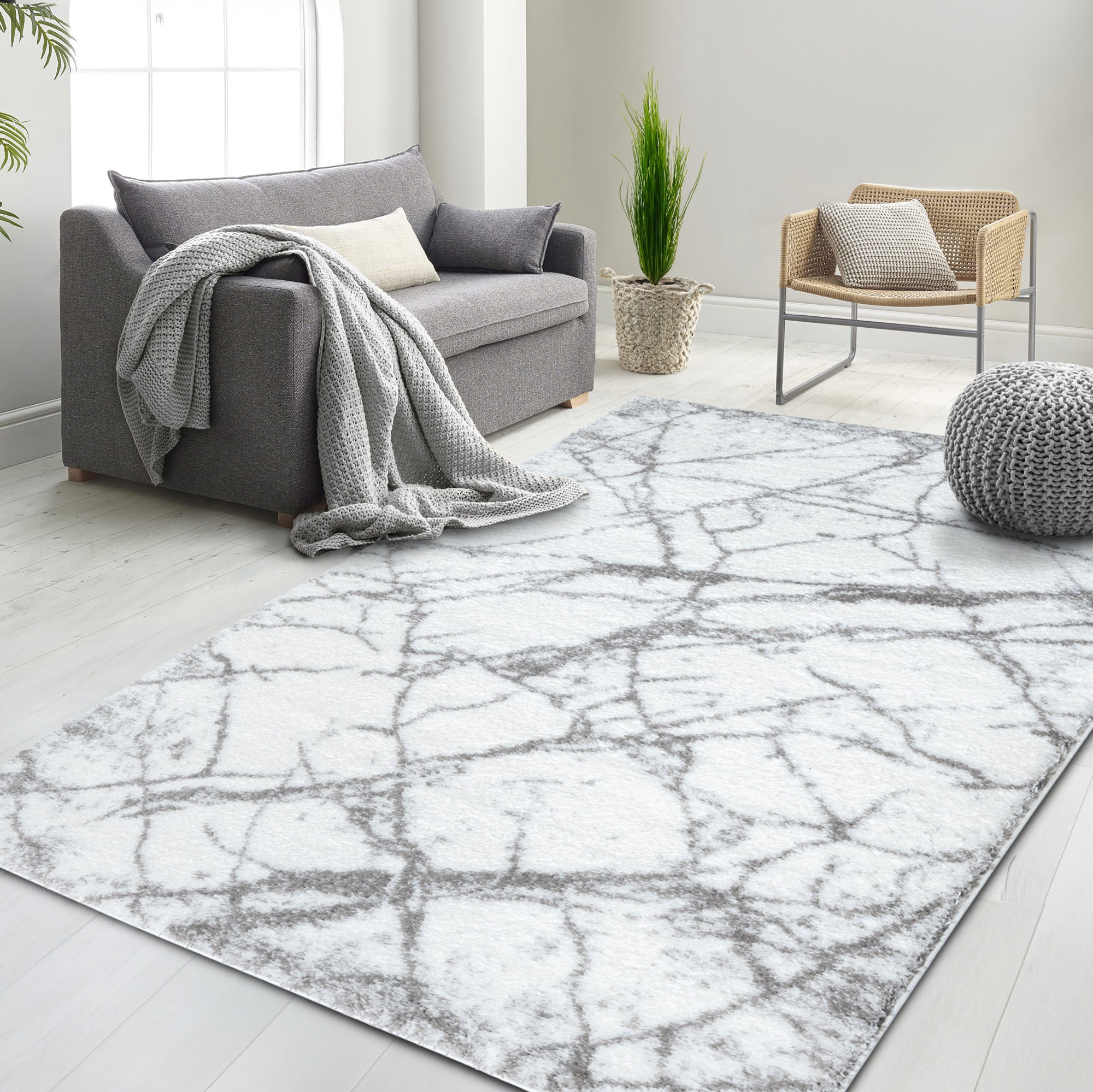
The Ultimate Guide to Identifying Truly Eco-Friendly Rugs: A Comprehensive Buyer's Checklist

Choosing an eco-friendly rug benefits your home and the planet. This comprehensive guide helps you identify truly eco-friendly rugs, ensuring a sustainable and responsible choice.
Understanding the Importance of Eco-Friendly Rugs
The Environmental Impact of Traditional Rugs
Traditional rugs often use synthetic materials and toxic chemicals, contributing to pollution and waste. They frequently have a higher environmental footprint due to non-renewable resources and intensive manufacturing processes.
Benefits of Choosing Eco-Friendly Rugs for Your Home and Planet
Eco-friendly rugs use sustainable materials and ethical production practices, reducing environmental impact. They improve indoor air quality, are safer for families, and support sustainable living. For more tips on maintaining your rugs, see our guide on cleaning and maintaining polyester rugs.
What Makes a Rug Eco-Friendly?
Sustainable Materials
Eco-friendly rugs are made from sustainable materials like organic cotton, bamboo, jute, wool, and recycled materials. These materials are biodegradable and have a lower environmental footprint.
Organic Cotton
Organic cotton is grown without synthetic pesticides or fertilizers, making it an eco-friendly choice for rugs.
Bamboo
Bamboo is a fast-growing, renewable resource that requires minimal water and no pesticides.
Jute
Jute is a durable and biodegradable fiber, ideal for eco-friendly rugs.
Wool
Wool rugs are natural, durable, and have excellent insulating properties. Discover why wool rugs are perfect for your home.
Recycled Materials
Rugs made from recycled fibers reduce waste and promote sustainability.
Non-Toxic Dyes and Finishes
Eco-friendly rugs use natural dyes and low VOC finishes to ensure they are safe and non-polluting.
Natural Dyes
Natural dyes are derived from plants and minerals, providing vibrant colors without harmful chemicals.
Low VOC Finishes
Low VOC finishes minimize the emission of volatile organic compounds, improving indoor air quality.
How to Identify Truly Eco-Friendly Rugs: A Step-by-Step Guide
Checking for Certifications
Certifications ensure the rug's eco-friendliness and ethical production. Look for:
GOTS (Global Organic Textile Standard)
GOTS certification guarantees the use of organic fibers and environmentally friendly manufacturing processes.
Fair Trade Certified
Fair Trade certification ensures fair wages and working conditions for workers.
OEKO-TEX Standard 100
OEKO-TEX Standard 100 certifies that the rug is free from harmful substances.
GoodWeave Certification
GoodWeave certification ensures no child labor and promotes fair working conditions.
Cradle to Cradle Certification
Cradle to Cradle certification evaluates the rug's environmental impact throughout its lifecycle.
Assessing the Manufacturing Process
Eco-friendly rugs are made using energy-efficient production methods, water conservation practices, and effective waste management systems.
Evaluating the Rug's Lifecycle
Durability and Longevity
Eco-friendly rugs are durable and long-lasting, reducing the need for frequent replacements. They are resistant to wear and tear and require minimal maintenance. Learn more about how to choose the right rug for kids.
Biodegradability and End-of-Life Disposal
Eco-friendly rugs are made from compostable materials and have recycling programs for end-of-life disposal.
Ethical Considerations
Fair Labor Practices
Eco-friendly rug manufacturers ensure fair wages and working conditions and uphold strict child labor policies.
Community Impact
Supporting eco-friendly rugs helps local artisans and provides economic benefits to communities.
Aesthetic and Functional Aspects
Design and Style
Eco-friendly rugs come in various designs, from modern to traditional, and offer customization options.
Comfort and Practicality
Eco-friendly rugs are comfortable and practical, with textures and styles suitable for different areas in the home, including the living room.
The Buying Experience
Where to Buy Eco-Friendly Rugs
Eco-friendly rugs are available at specialty eco-stores, online marketplaces, and directly from artisans.
Price and Value Comparison
While eco-friendly rugs may cost more initially, they offer long-term value by supporting sustainability and durability.
Consumer Tips and Common Pitfalls
Reading Labels and Understanding Marketing Jargon
Learn to differentiate between genuine eco-friendly claims and greenwashing. Check for certifications and detailed product information.
Customer Reviews and Testimonials
Evaluate product reviews and seek recommendations from eco-conscious communities to ensure you are making an informed choice.
Conclusion
Recap of Key Points
This guide helps you choose eco-friendly rugs by understanding materials, certifications, ethical practices, and more.
The Bigger Picture
By choosing eco-friendly rugs, you contribute to a sustainable lifestyle, benefiting both your home and the planet. For a broader understanding, read our ultimate guide to identifying eco-friendly rugs.
Frequently Asked Questions (FAQs)
What are the most eco-friendly rug materials?
The most eco-friendly rug materials are wool, jute, seagrass, bamboo, organic cotton, and sisal.
How can I be sure a rug is truly eco-friendly?
Look for certifications like GOTS, Fair Trade, OEKO-TEX, GoodWeave, and Cradle to Cradle.
Are eco-friendly rugs more expensive?
Eco-friendly rugs often cost more initially but provide long-term value through durability and sustainability.
Do eco-friendly rugs require special care?
Eco-friendly rugs typically require gentle cleaning and care to maintain their quality.
Where can I recycle my old rug?
Many eco-friendly rug manufacturers offer recycling programs to ensure responsible disposal.
By following this guide, you’ll be well-equipped to make informed decisions and choose rugs that are not only beautiful and functional but also kind to the environment.
